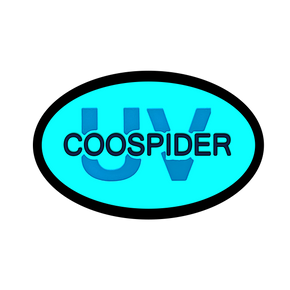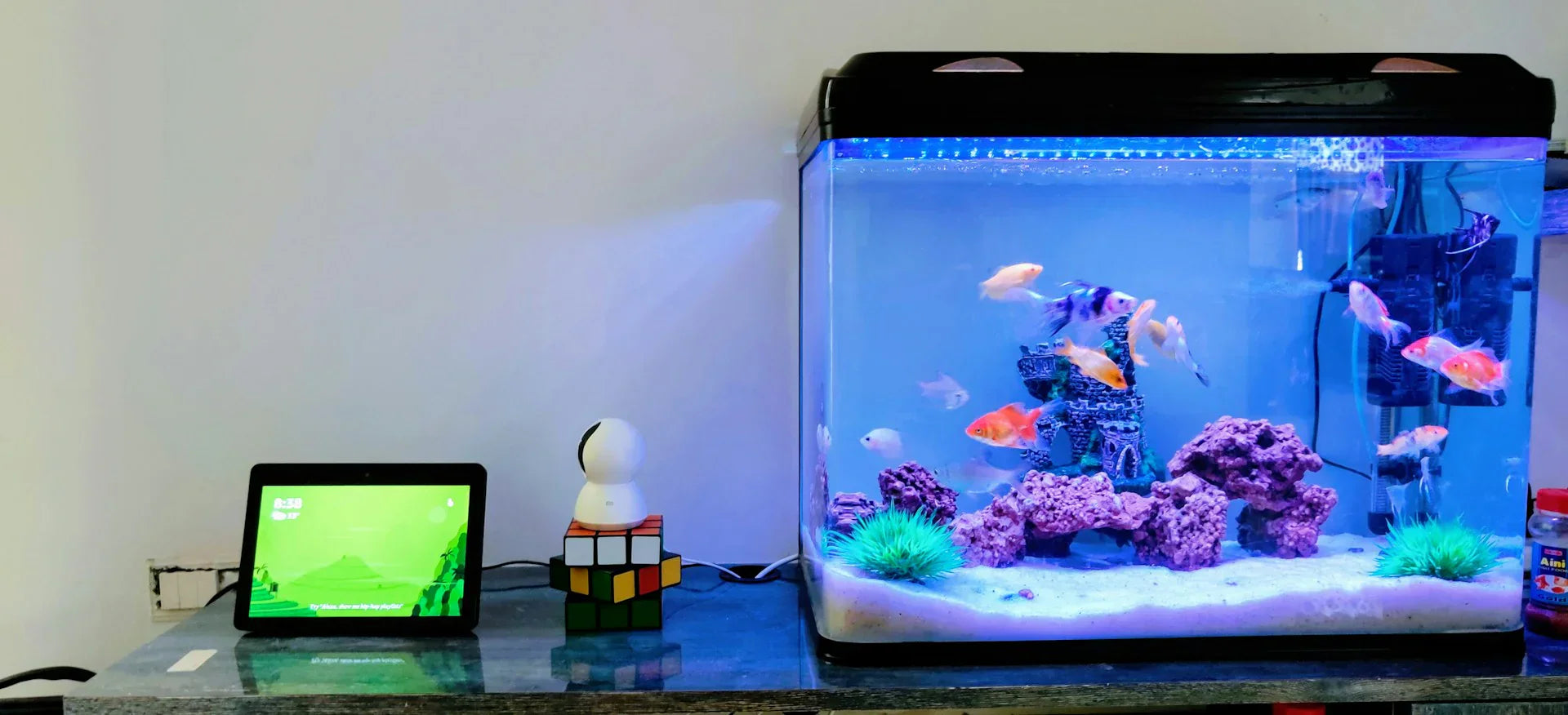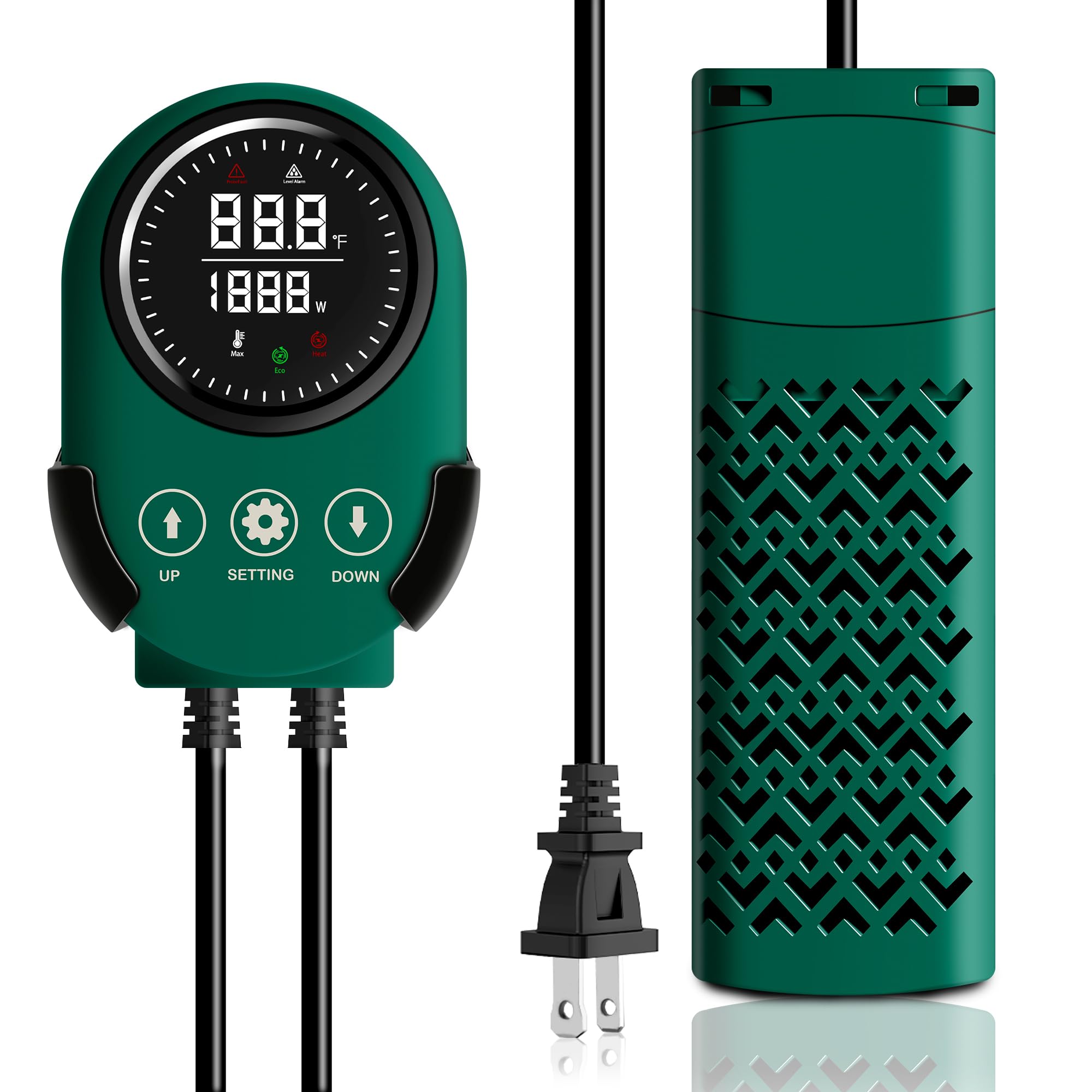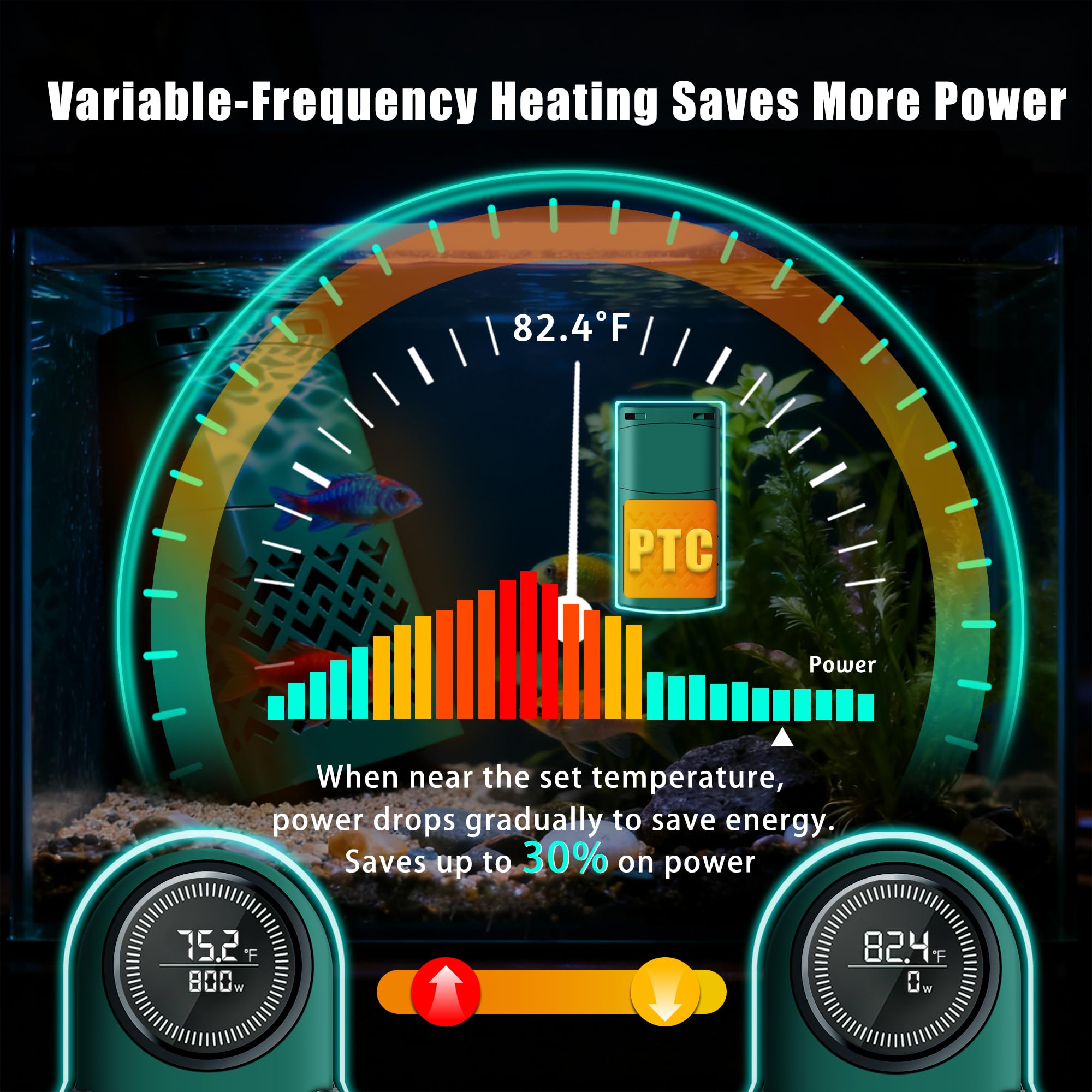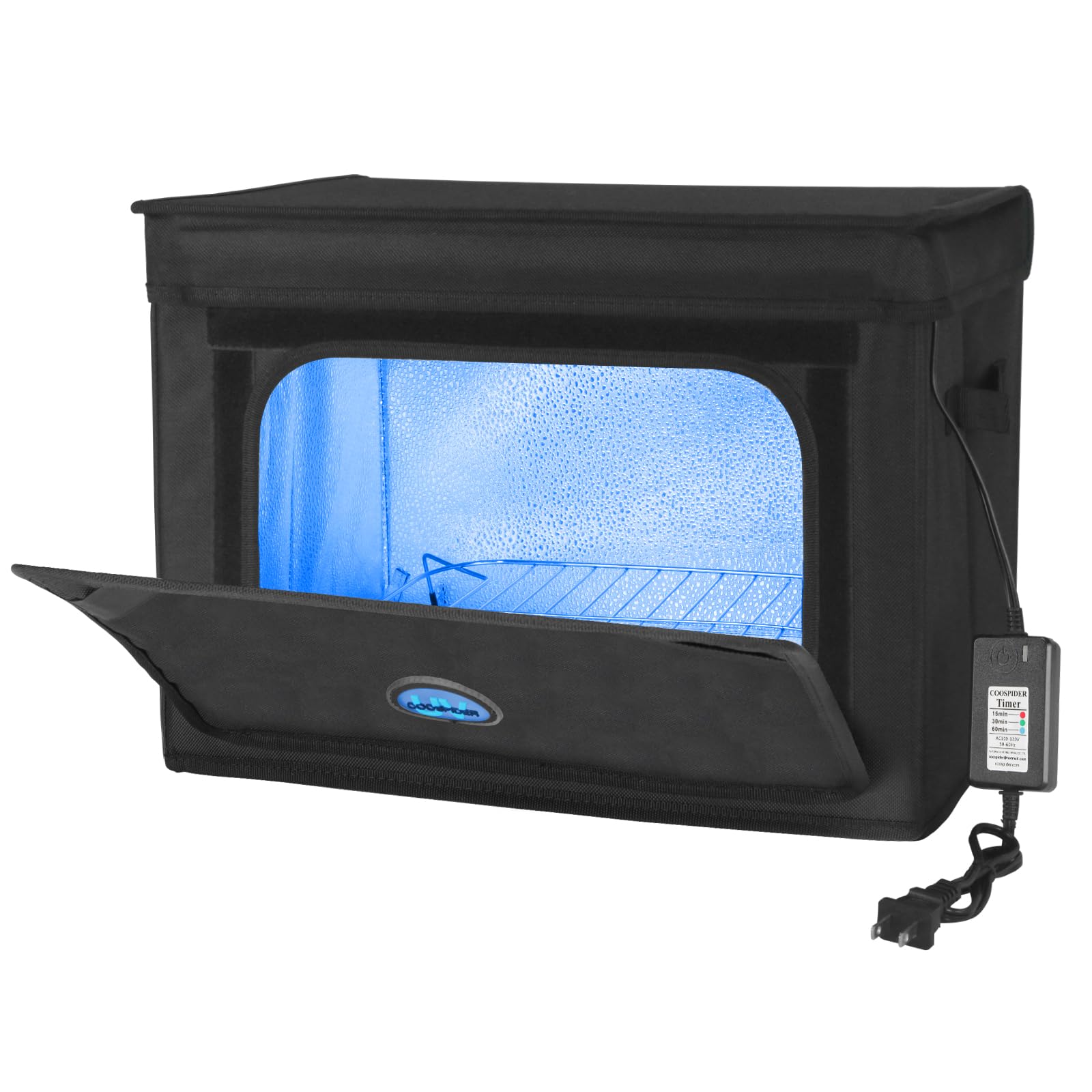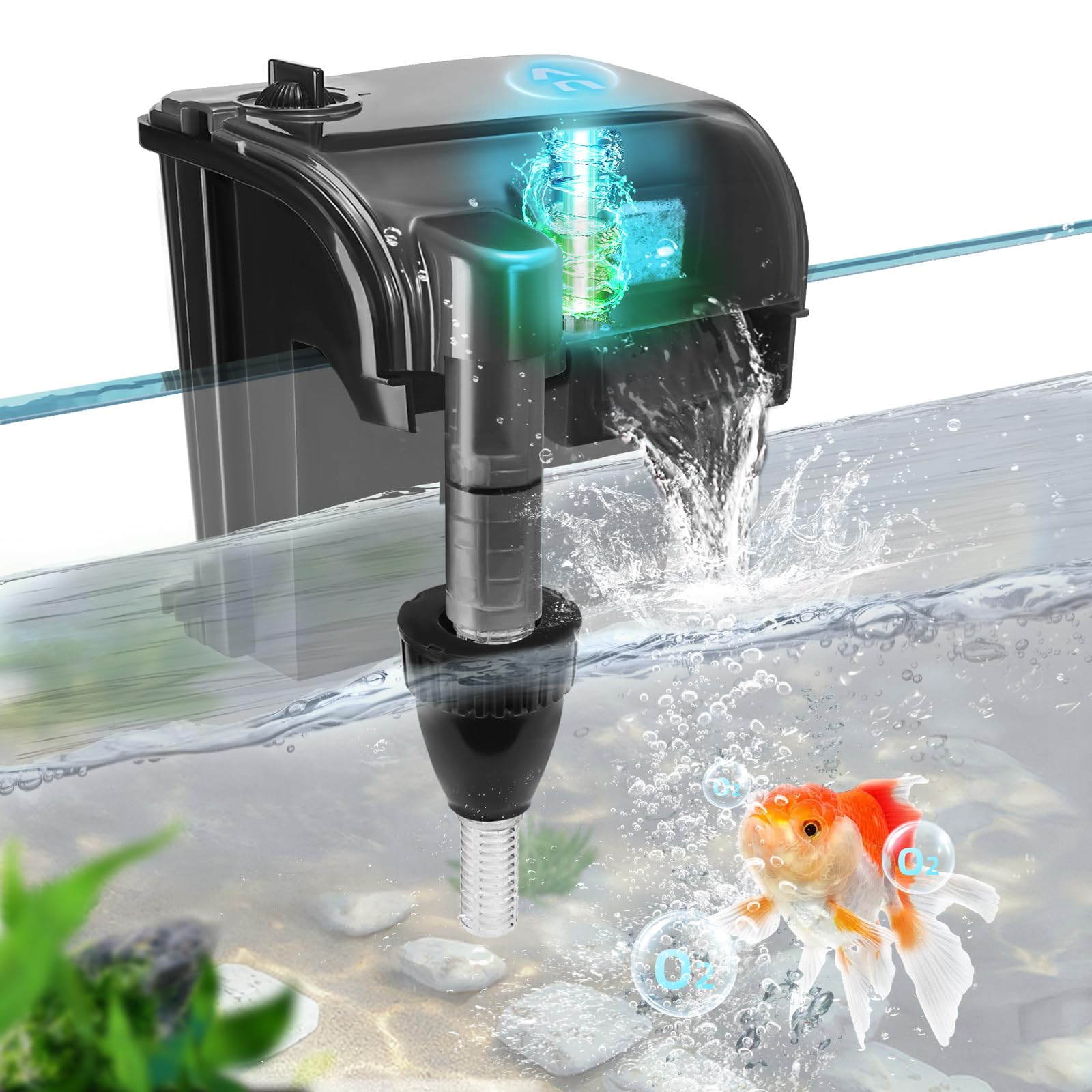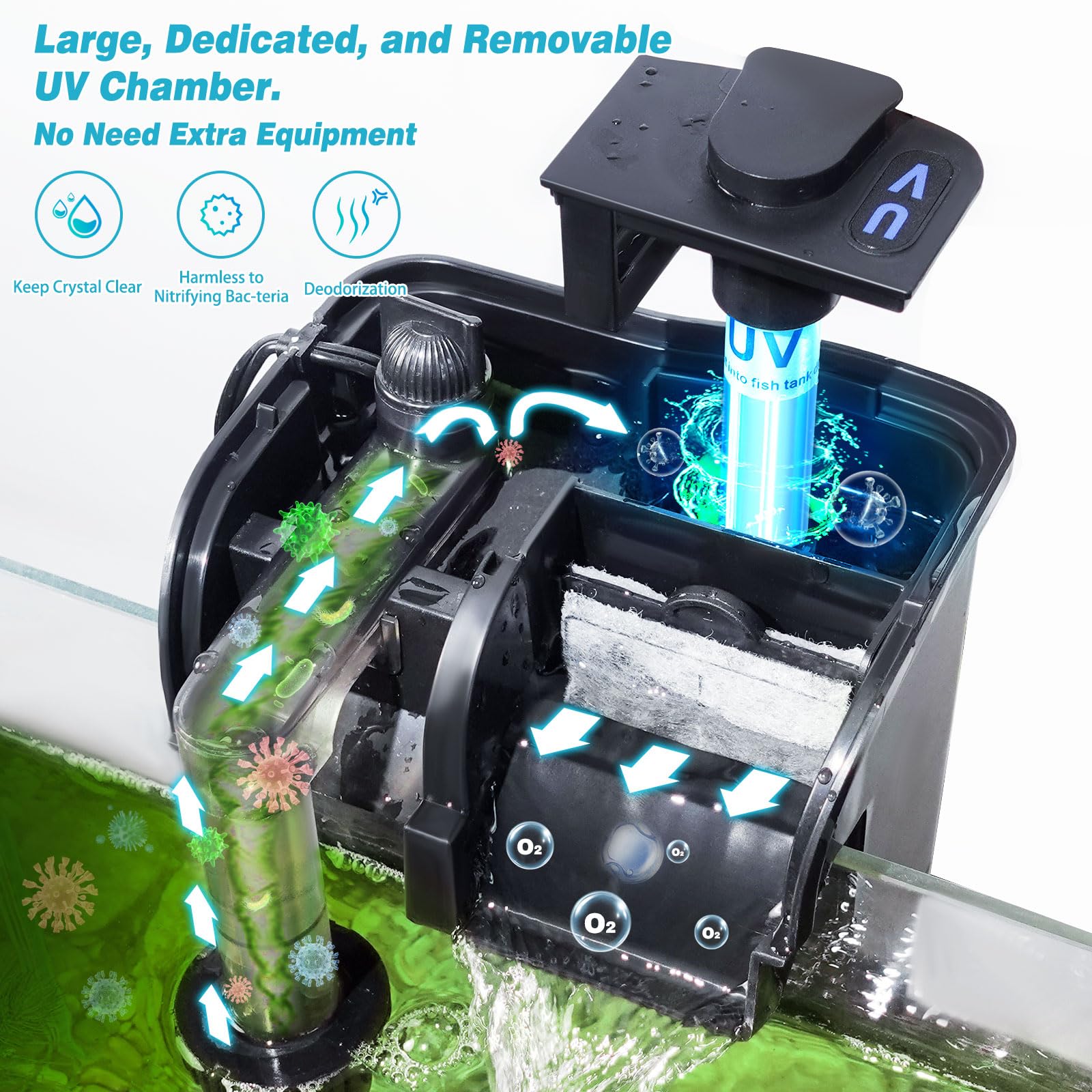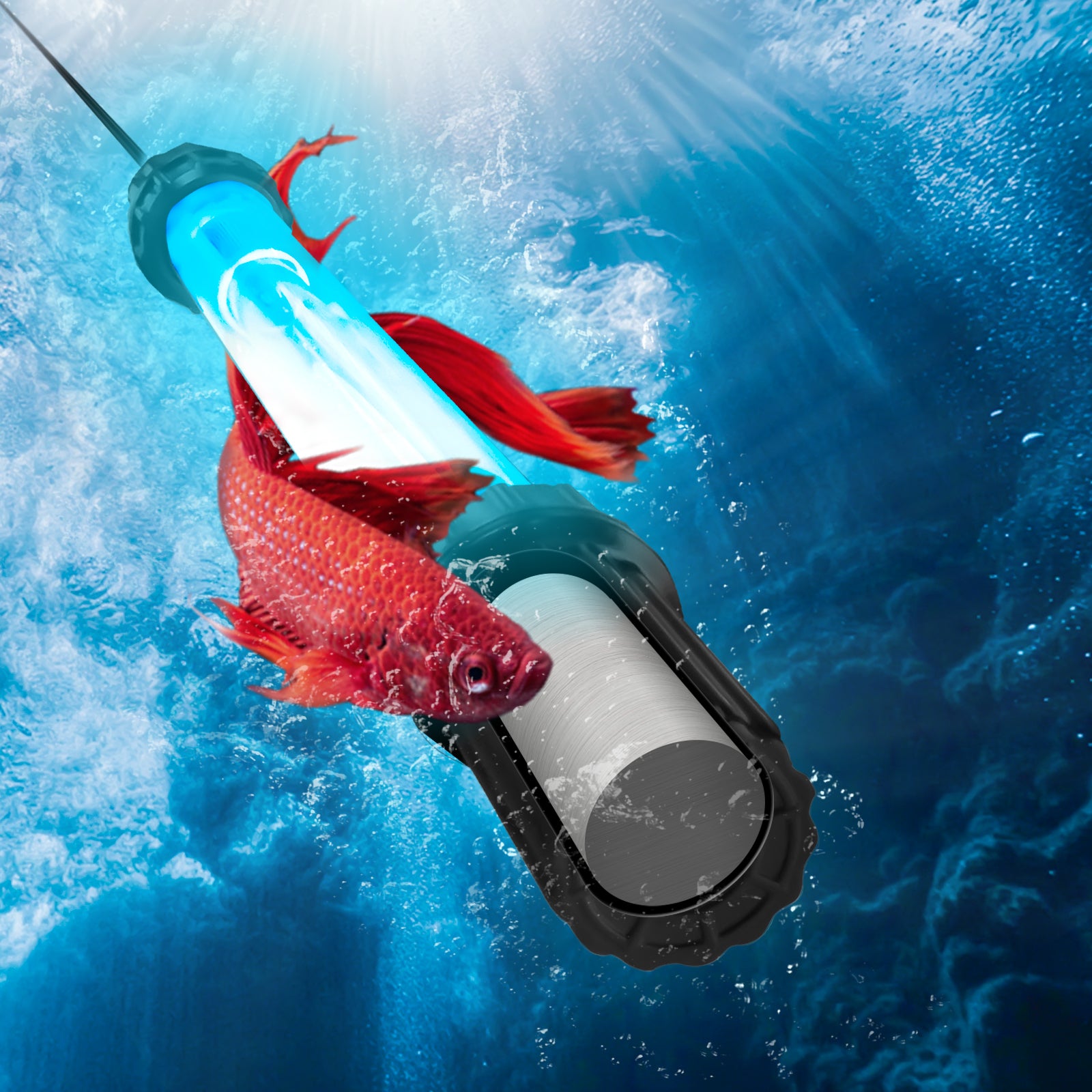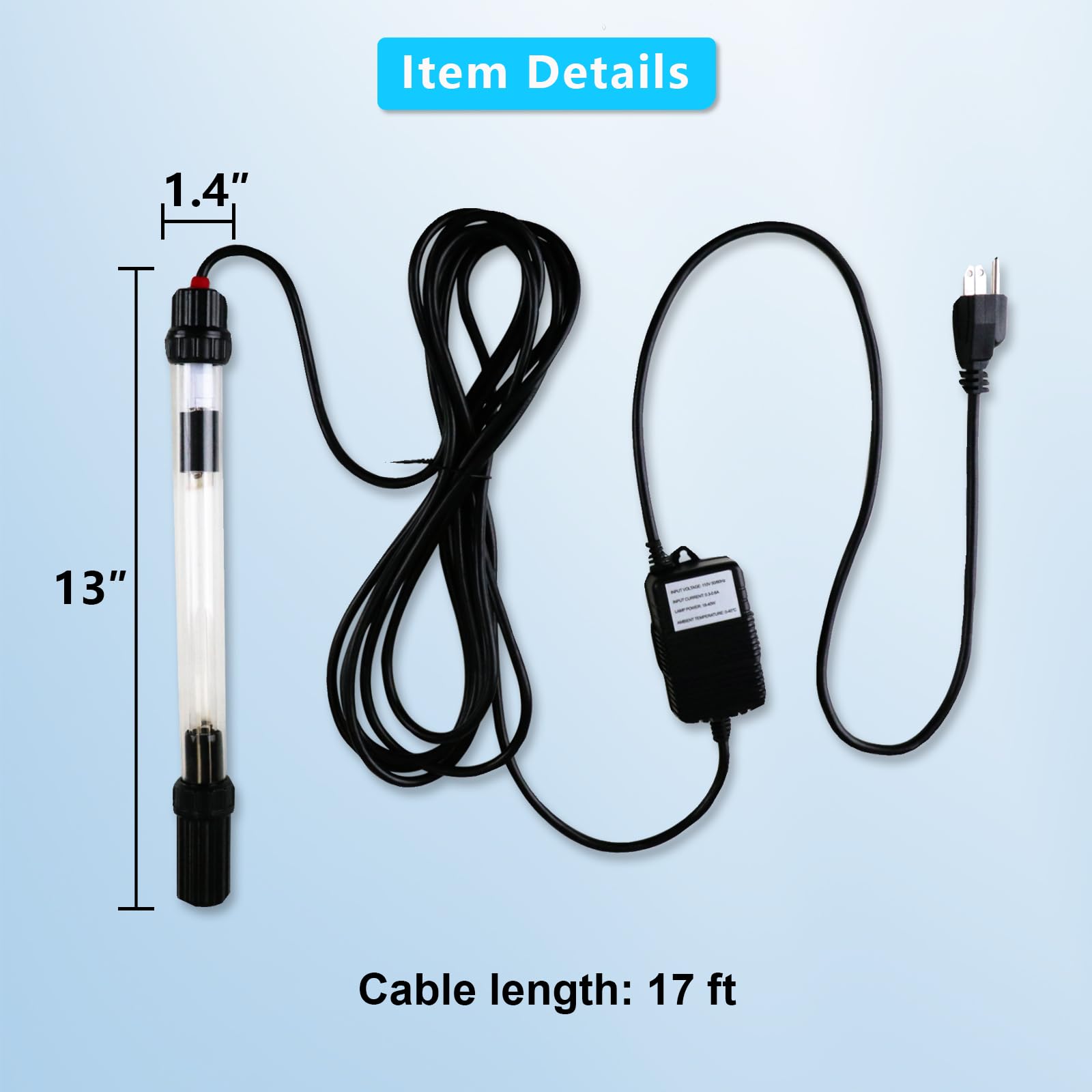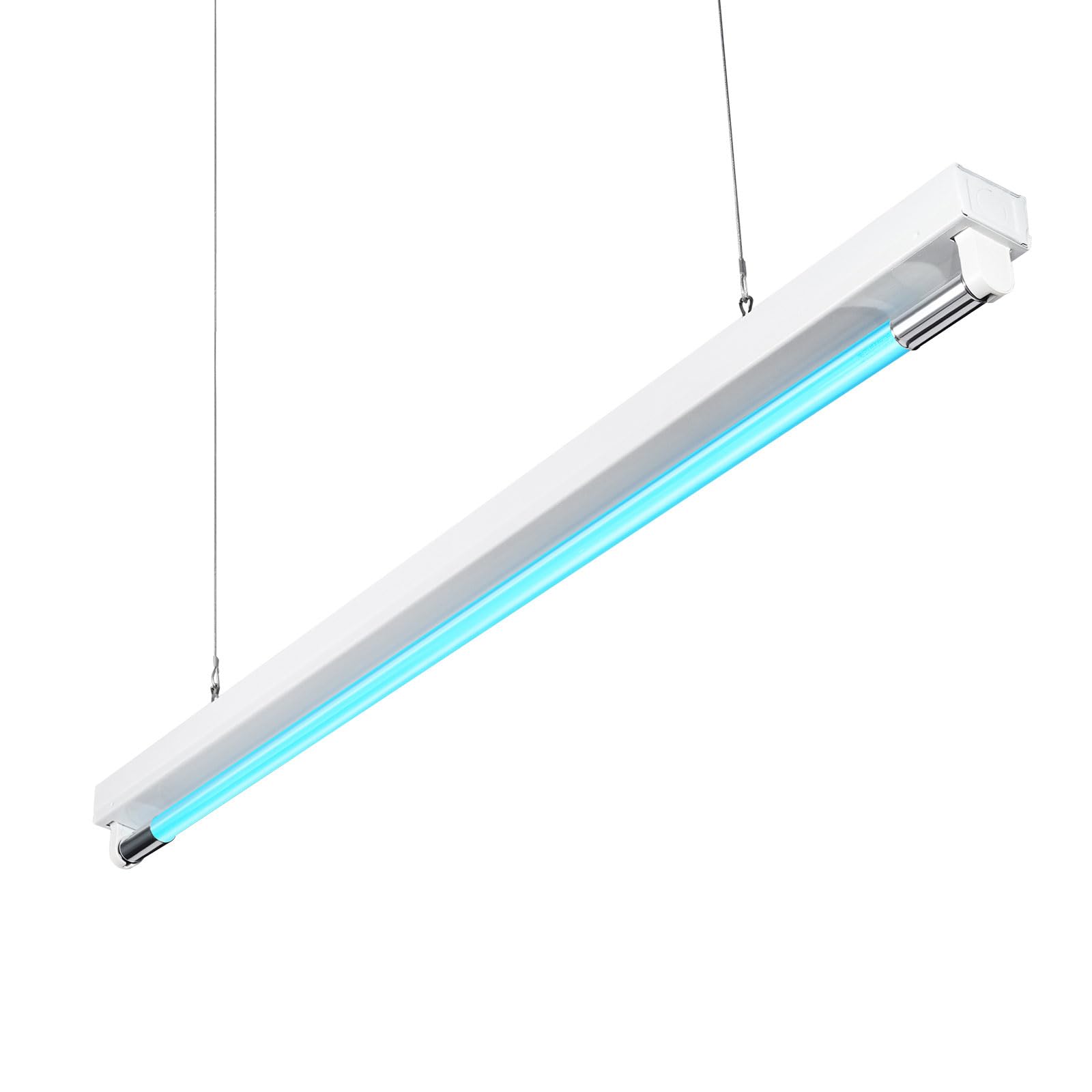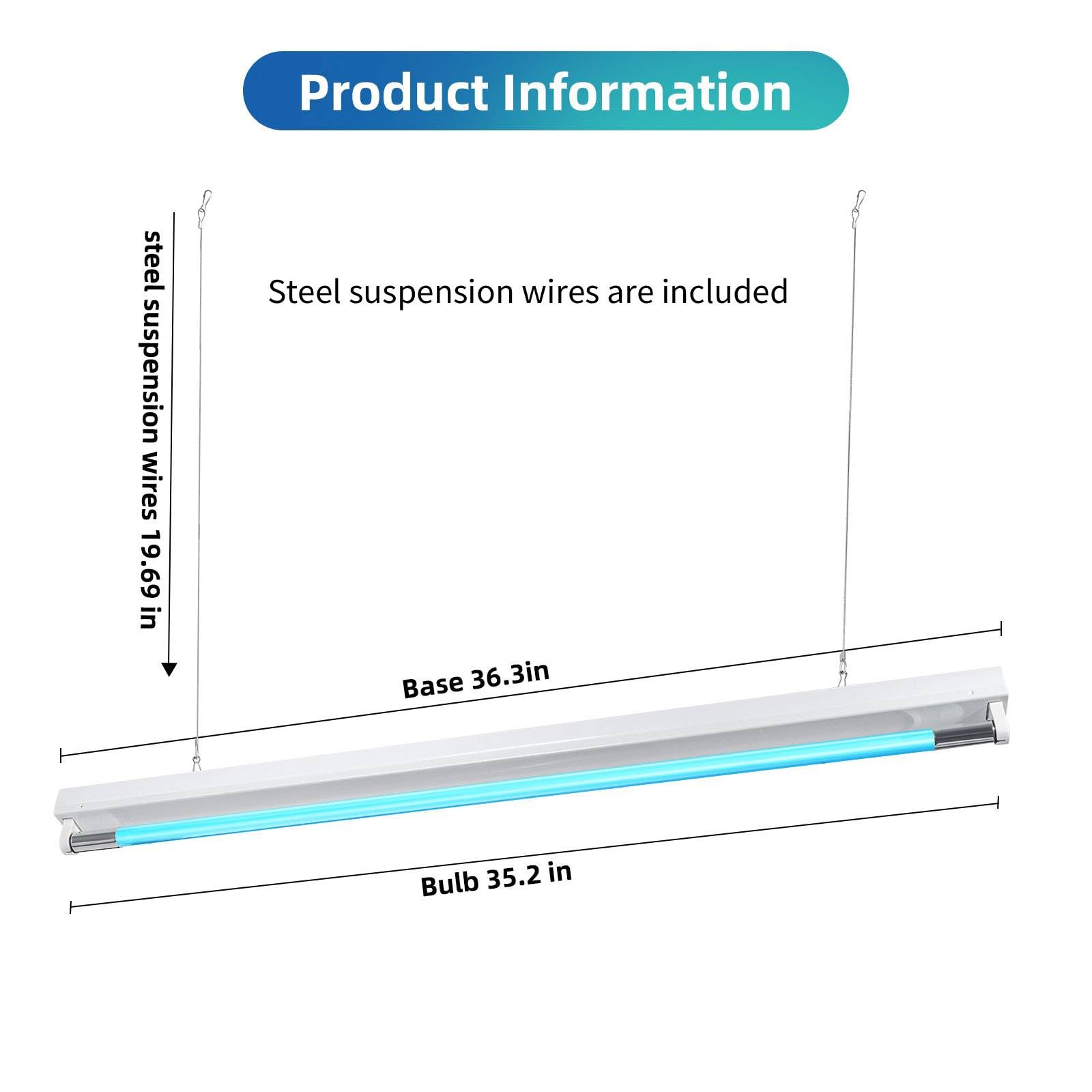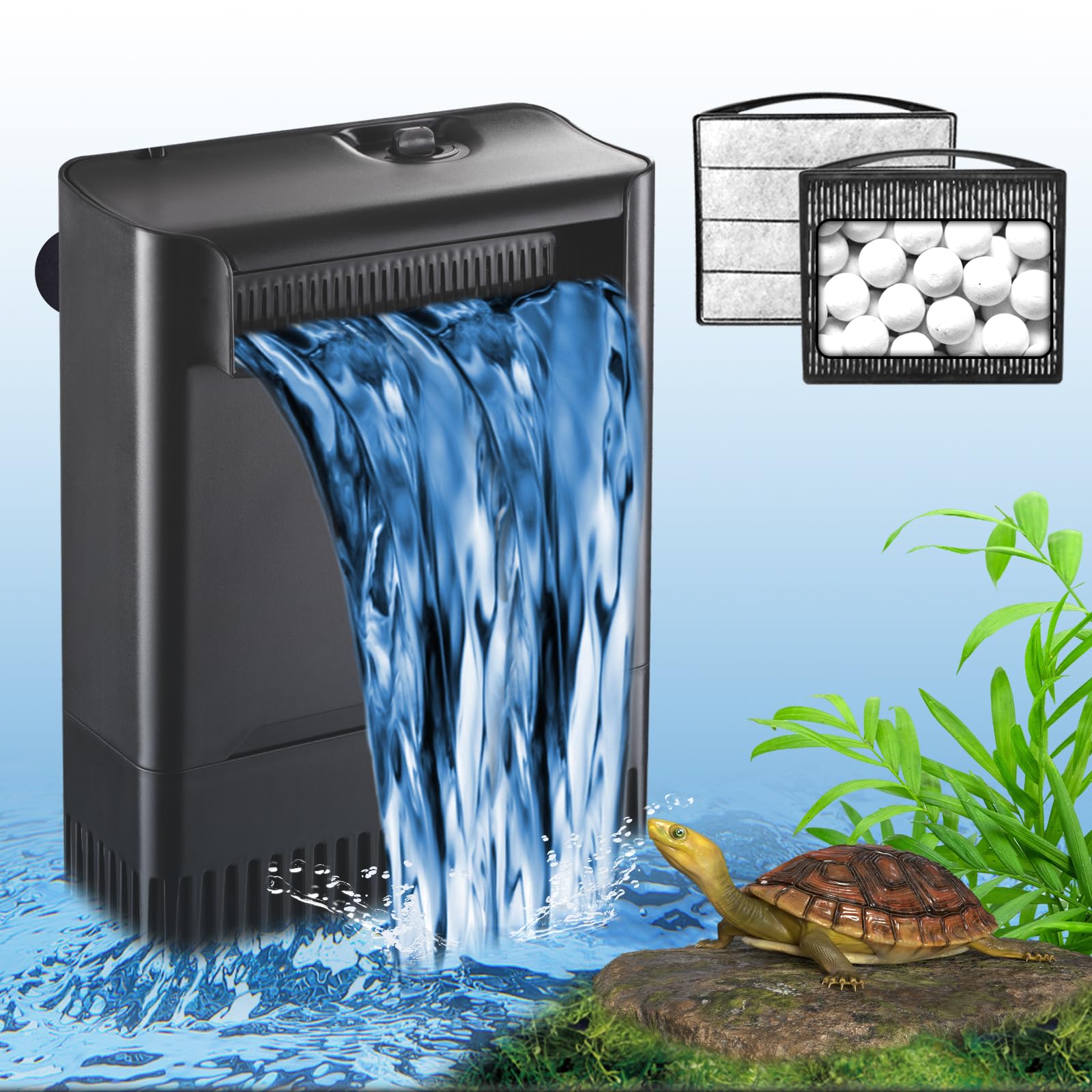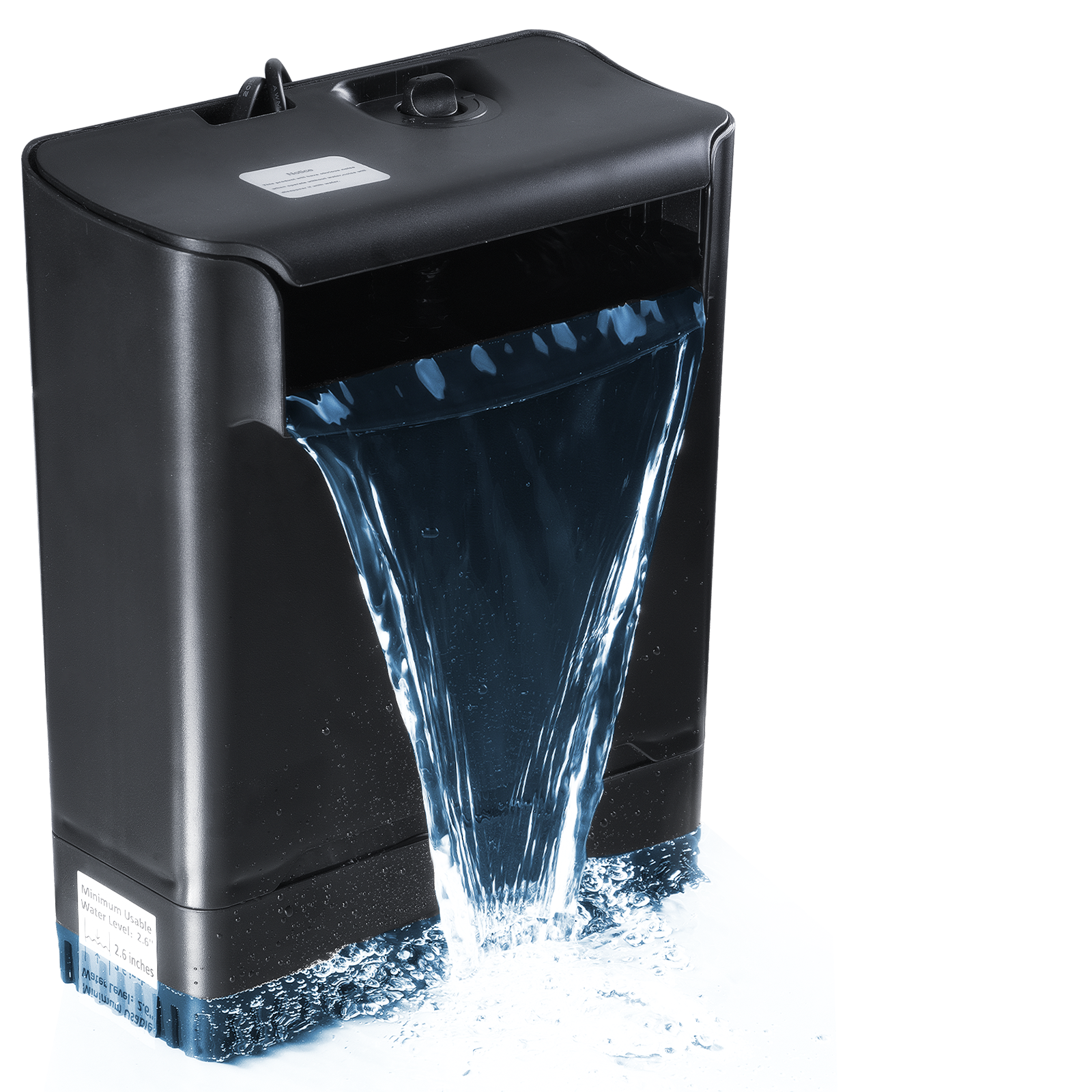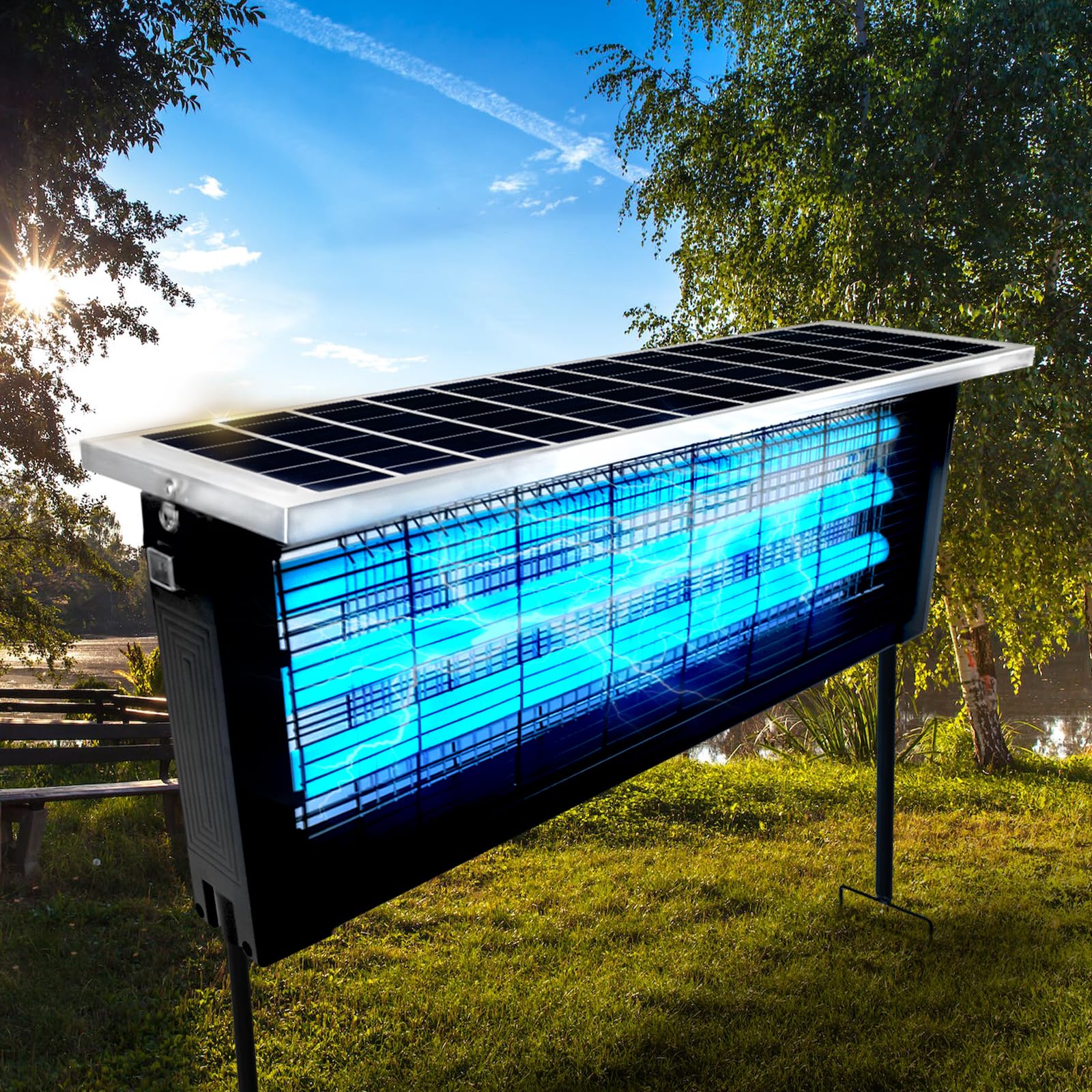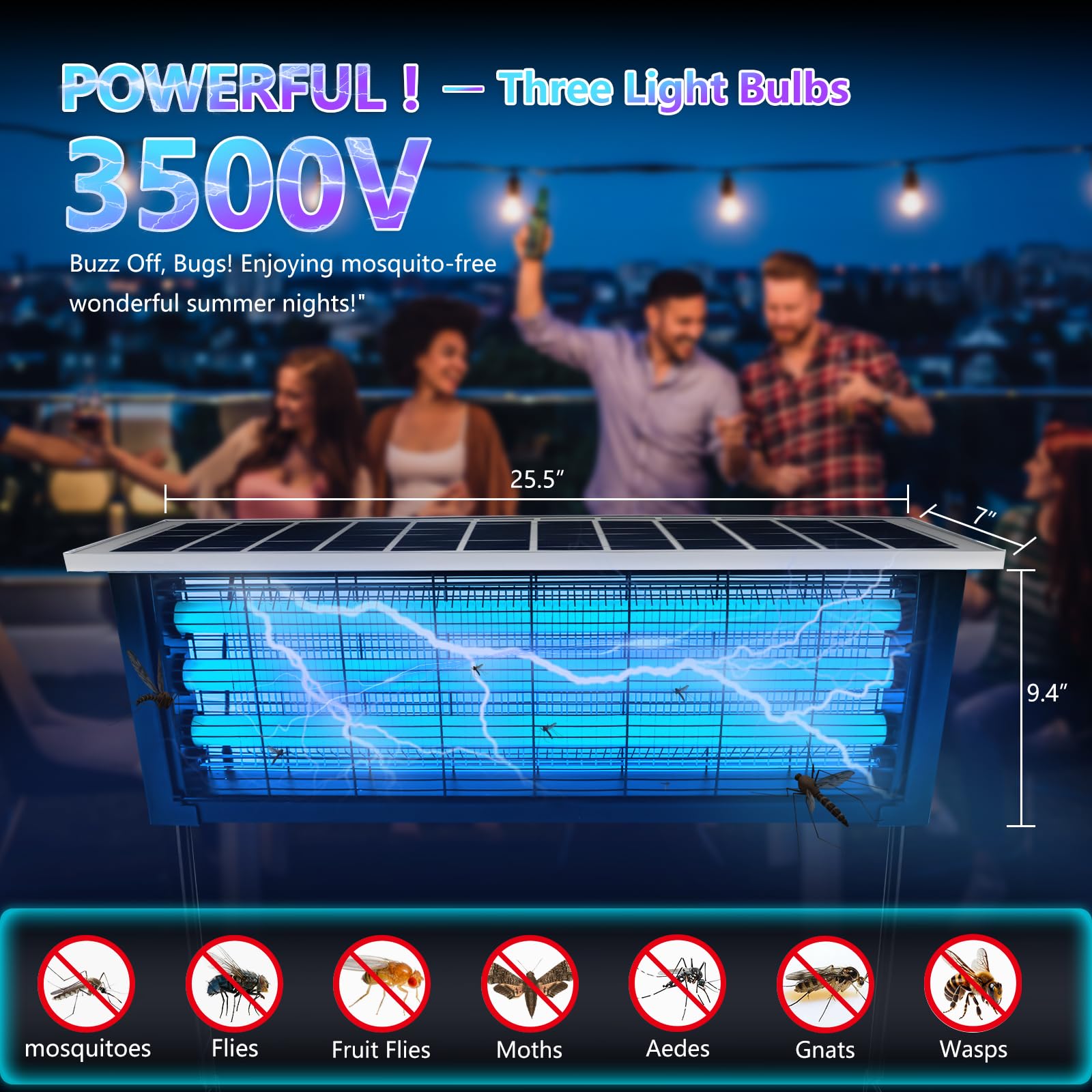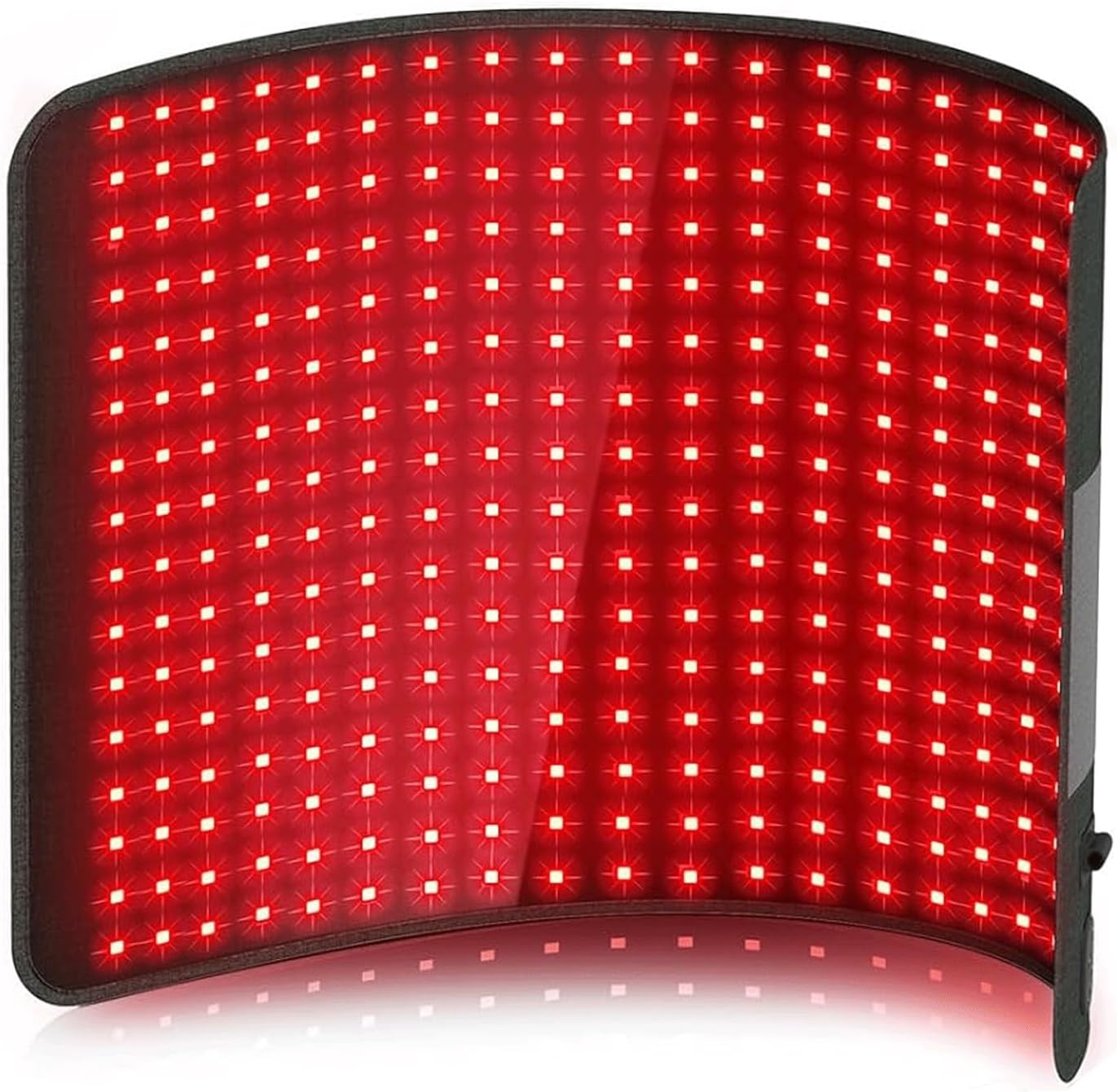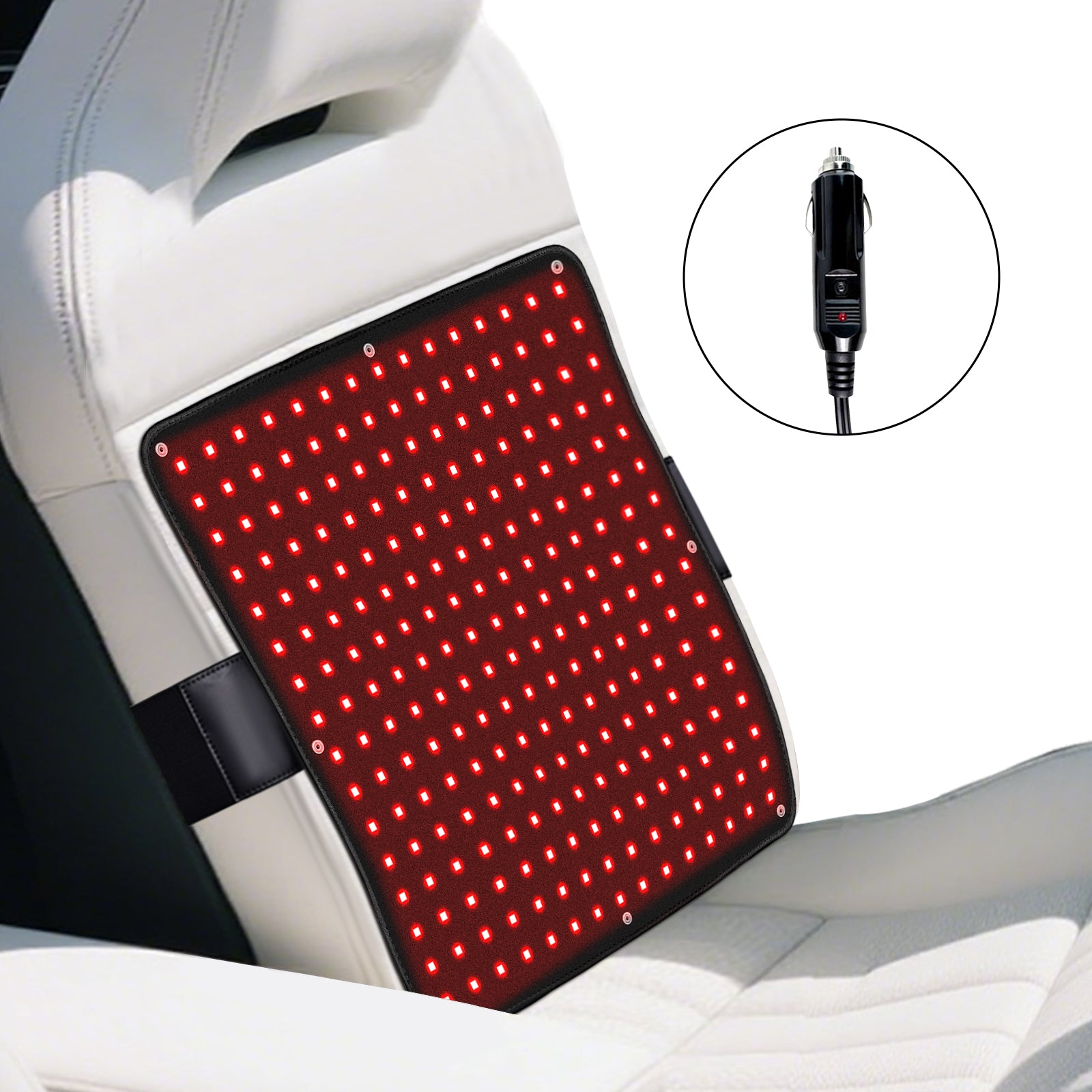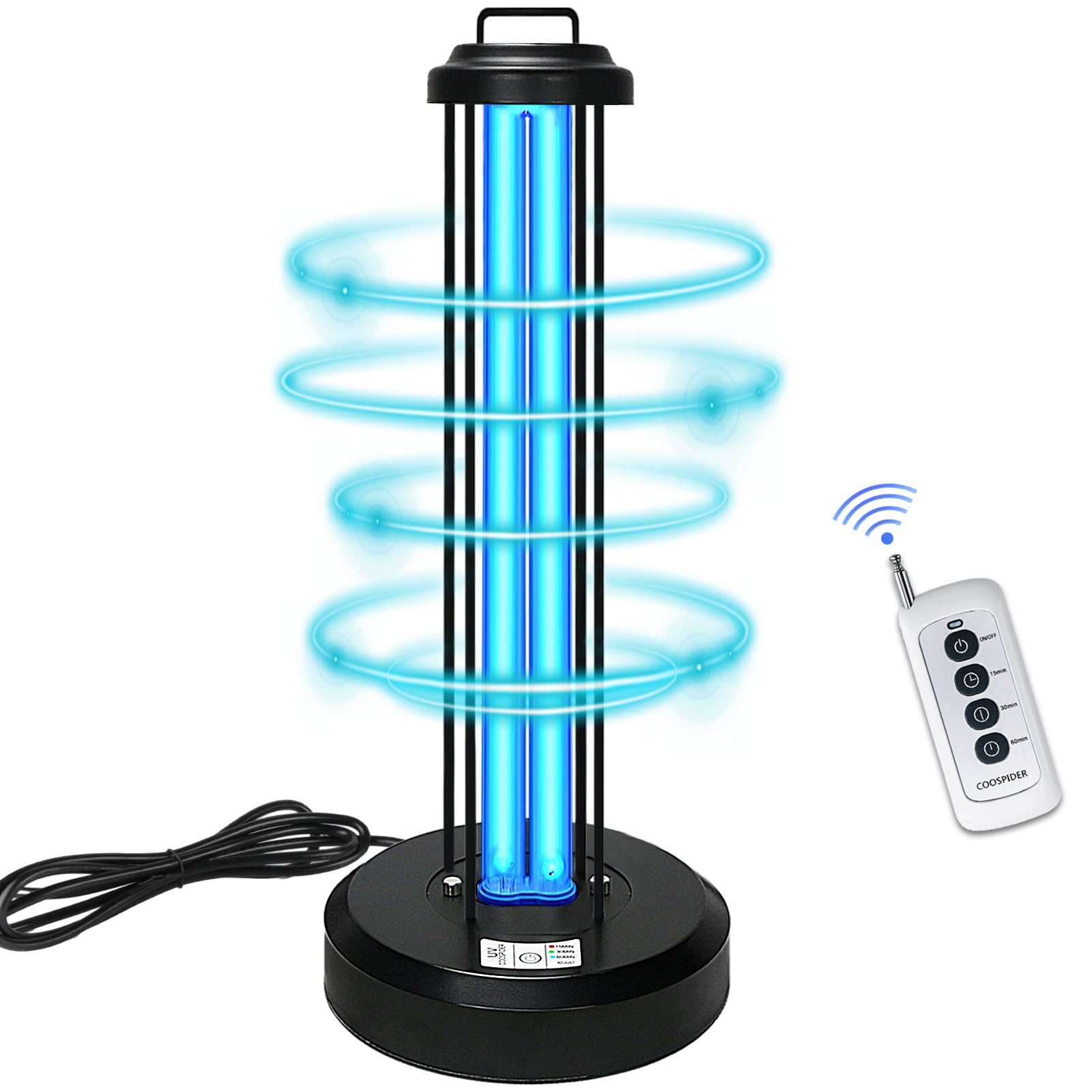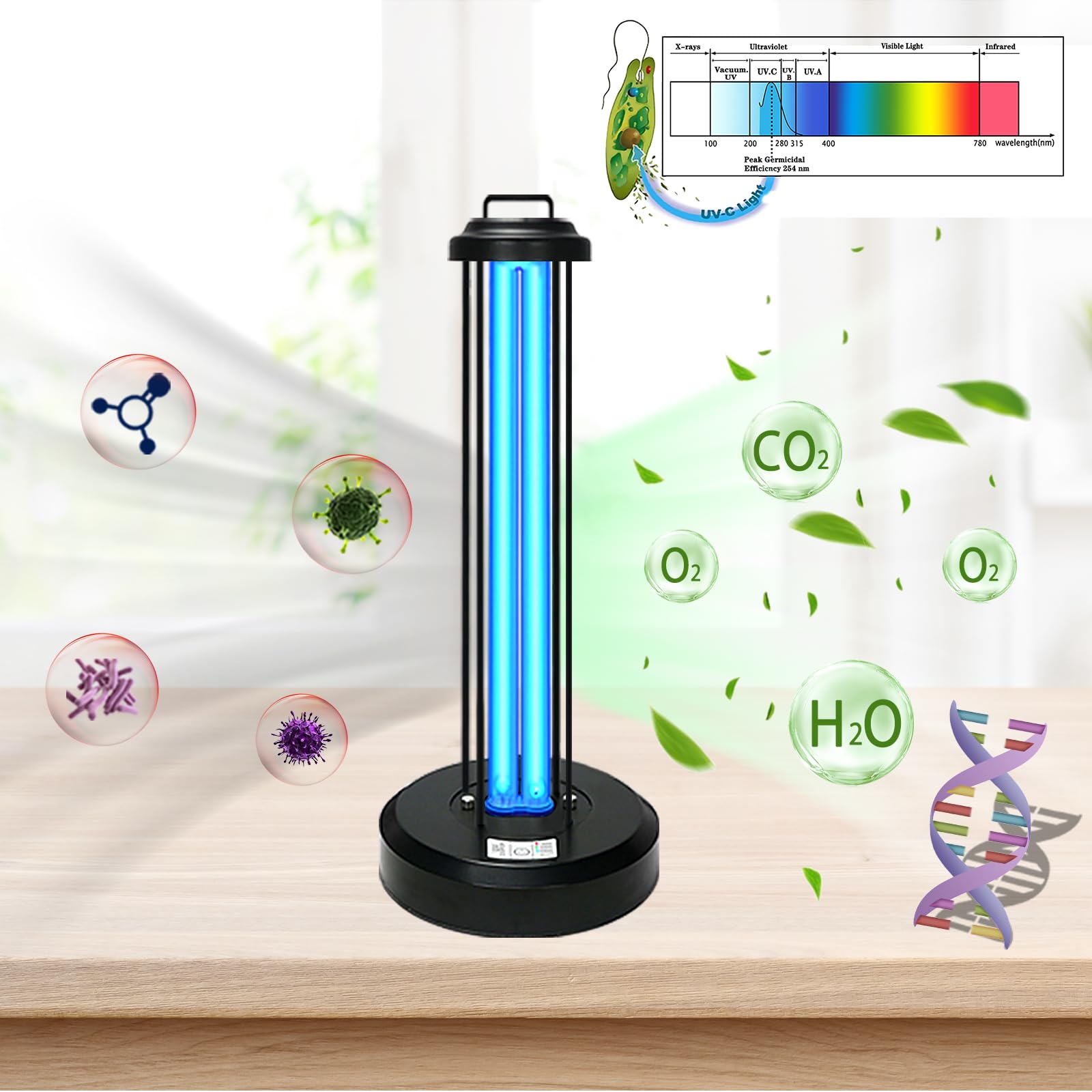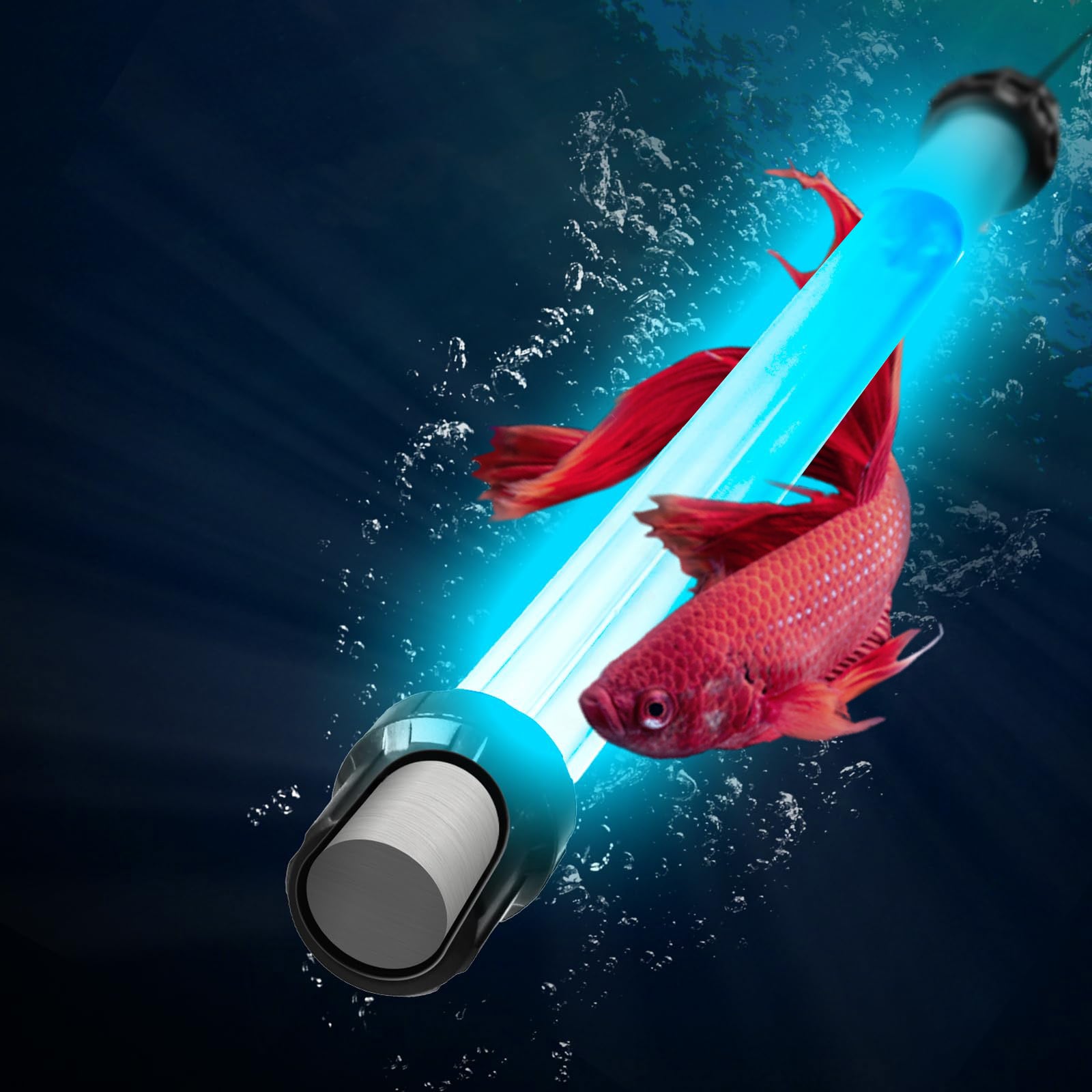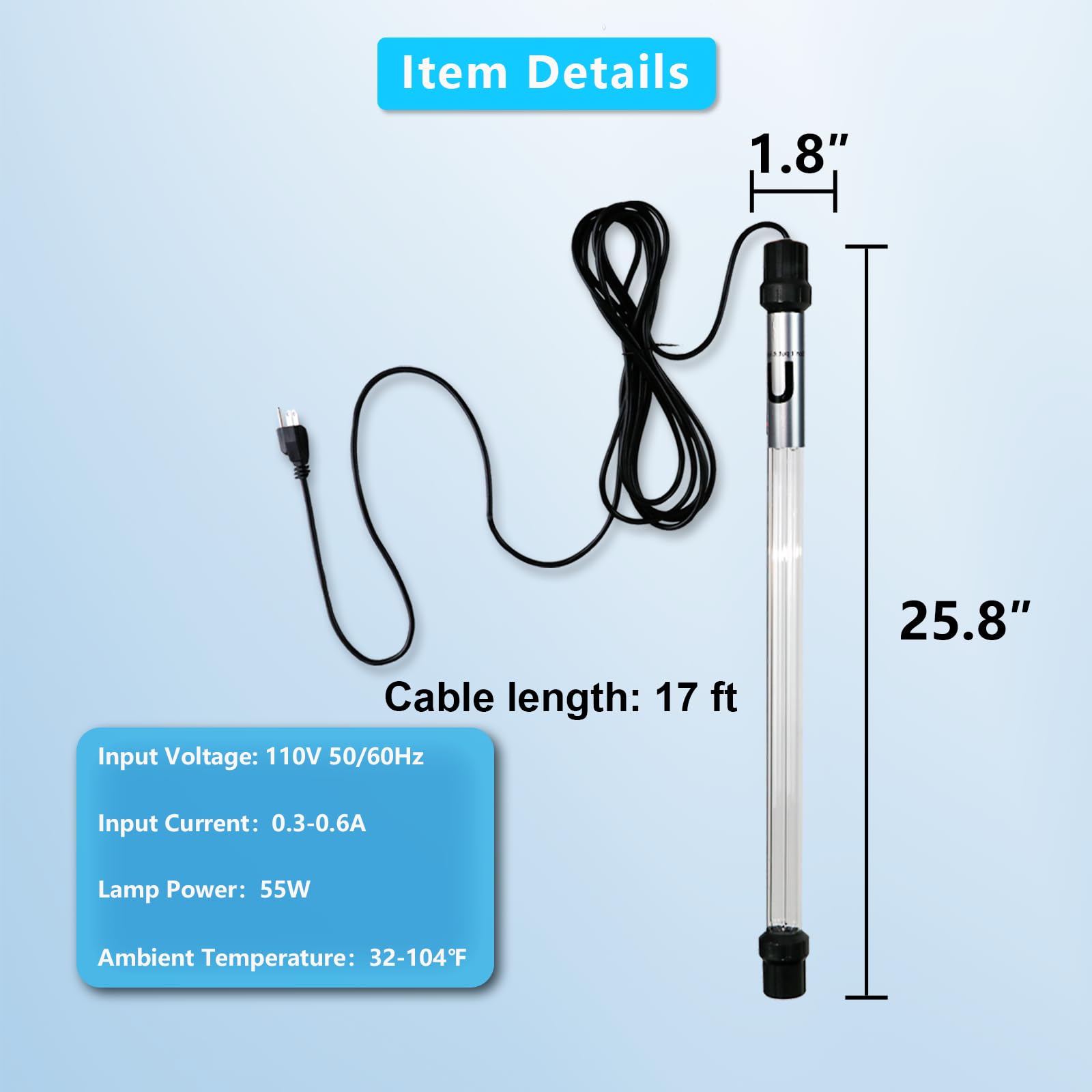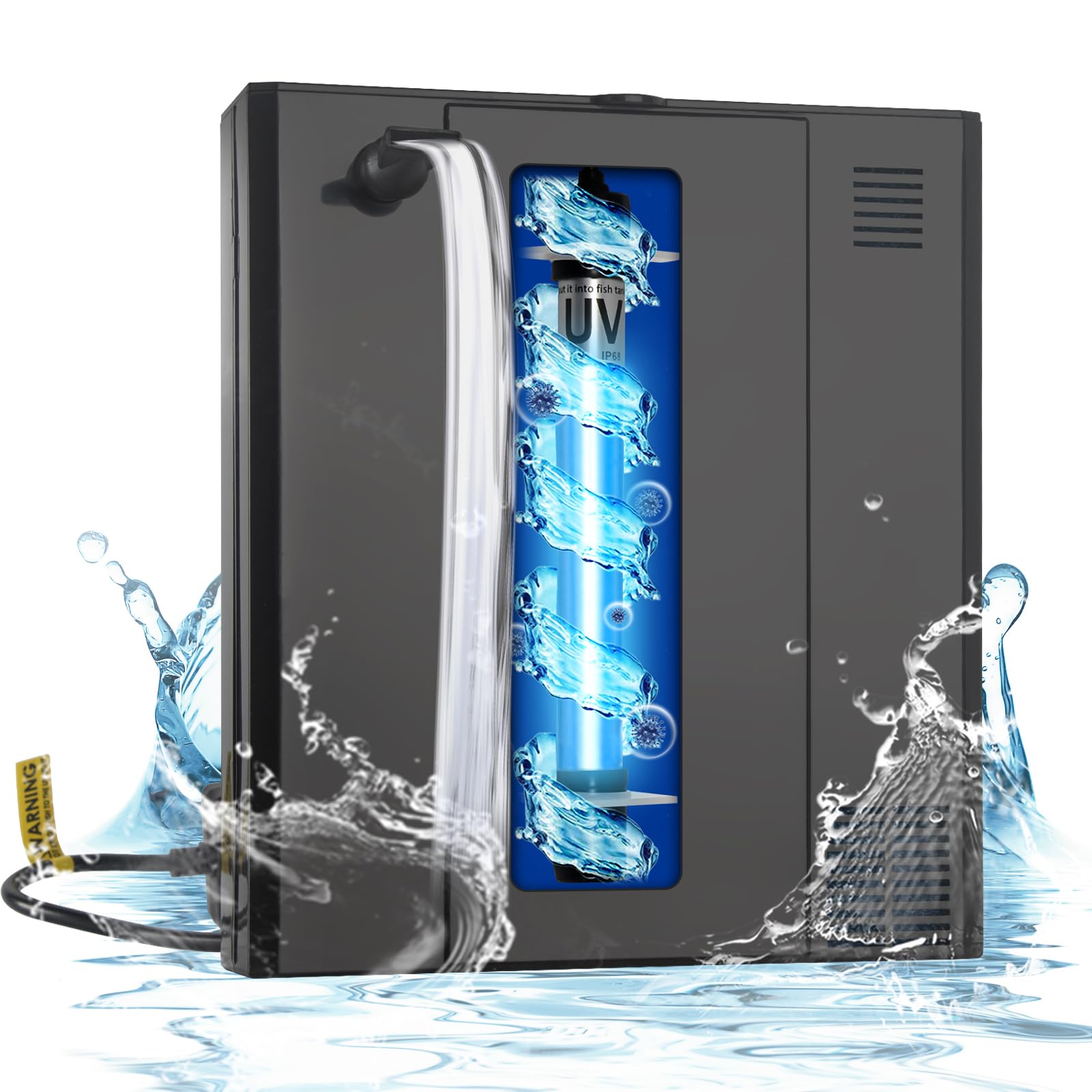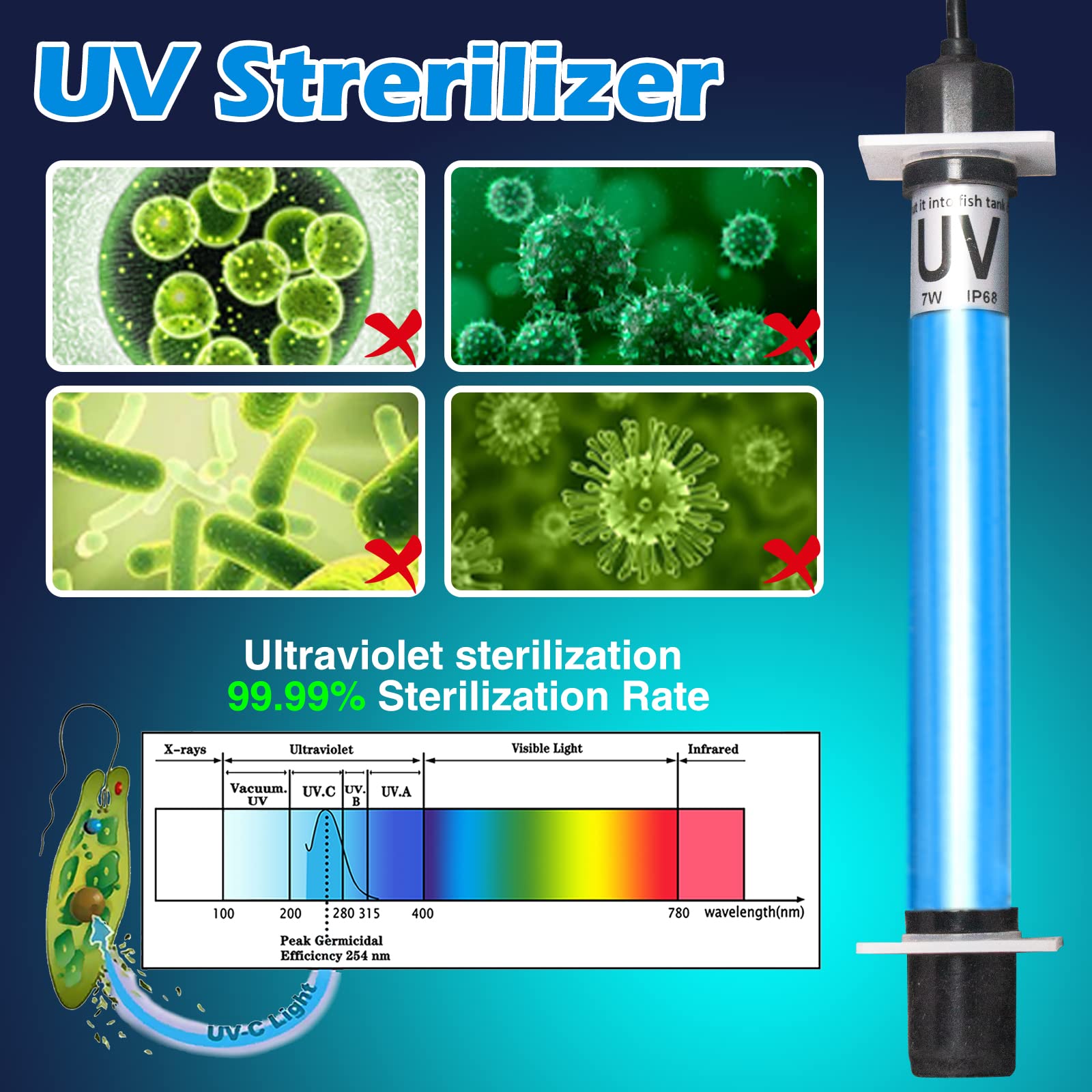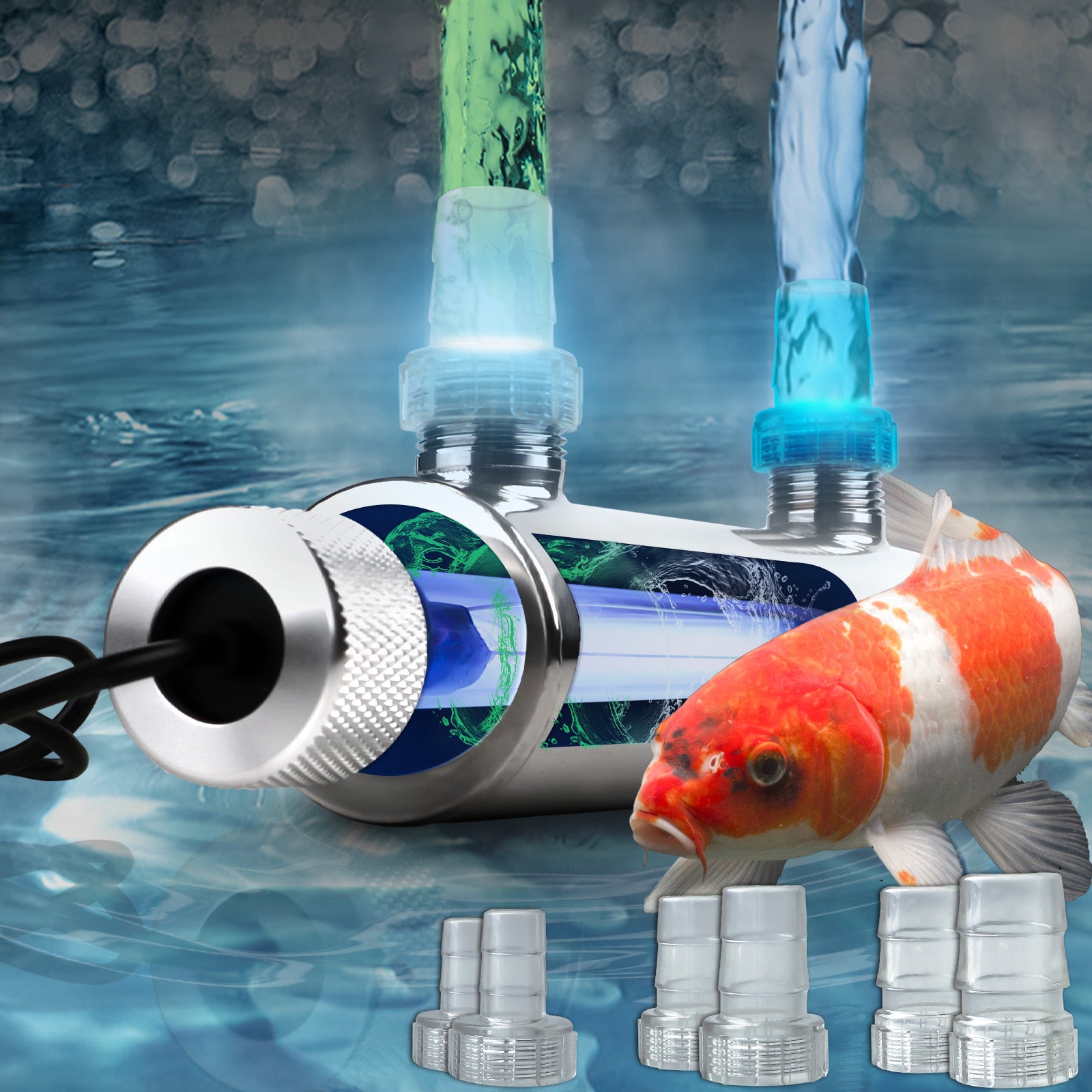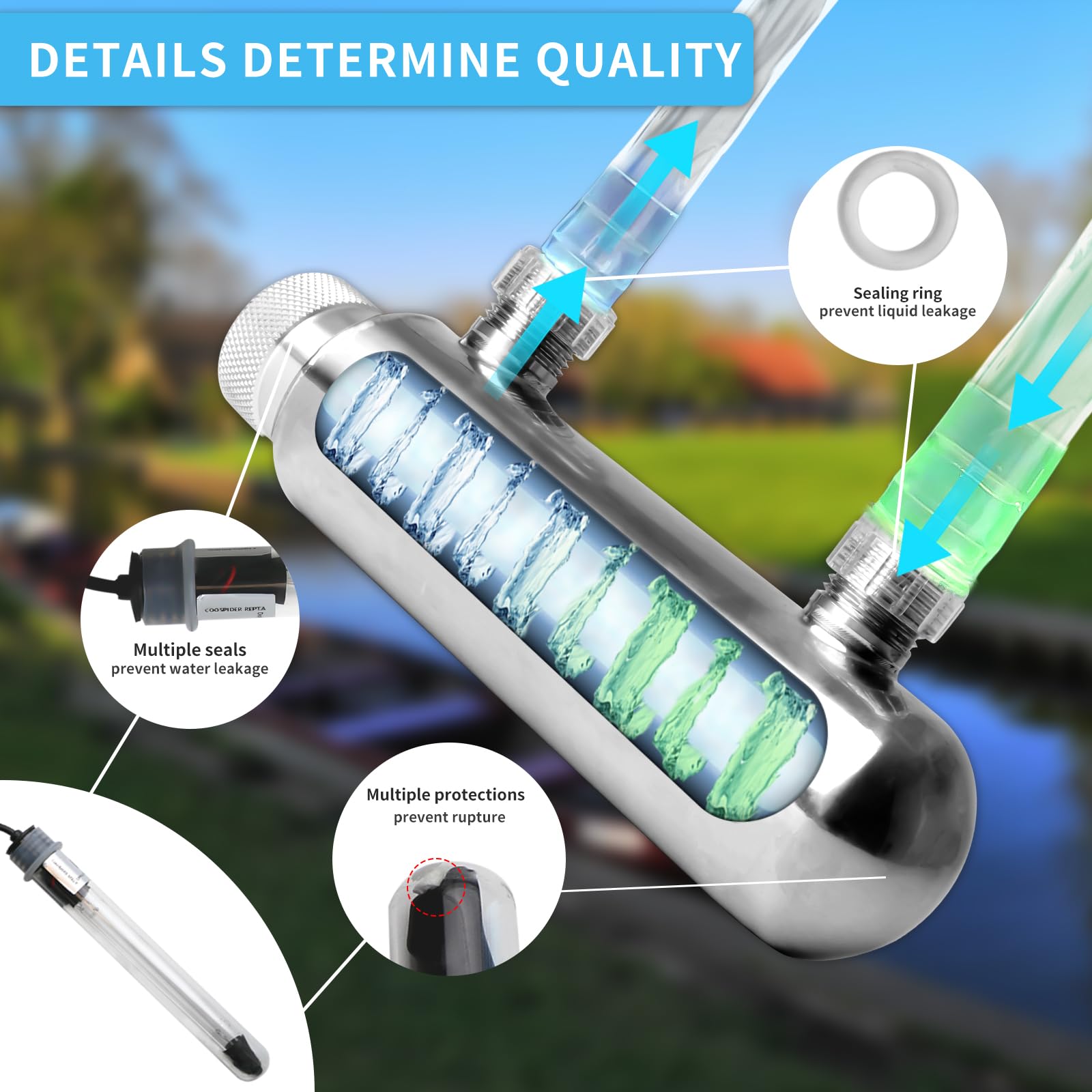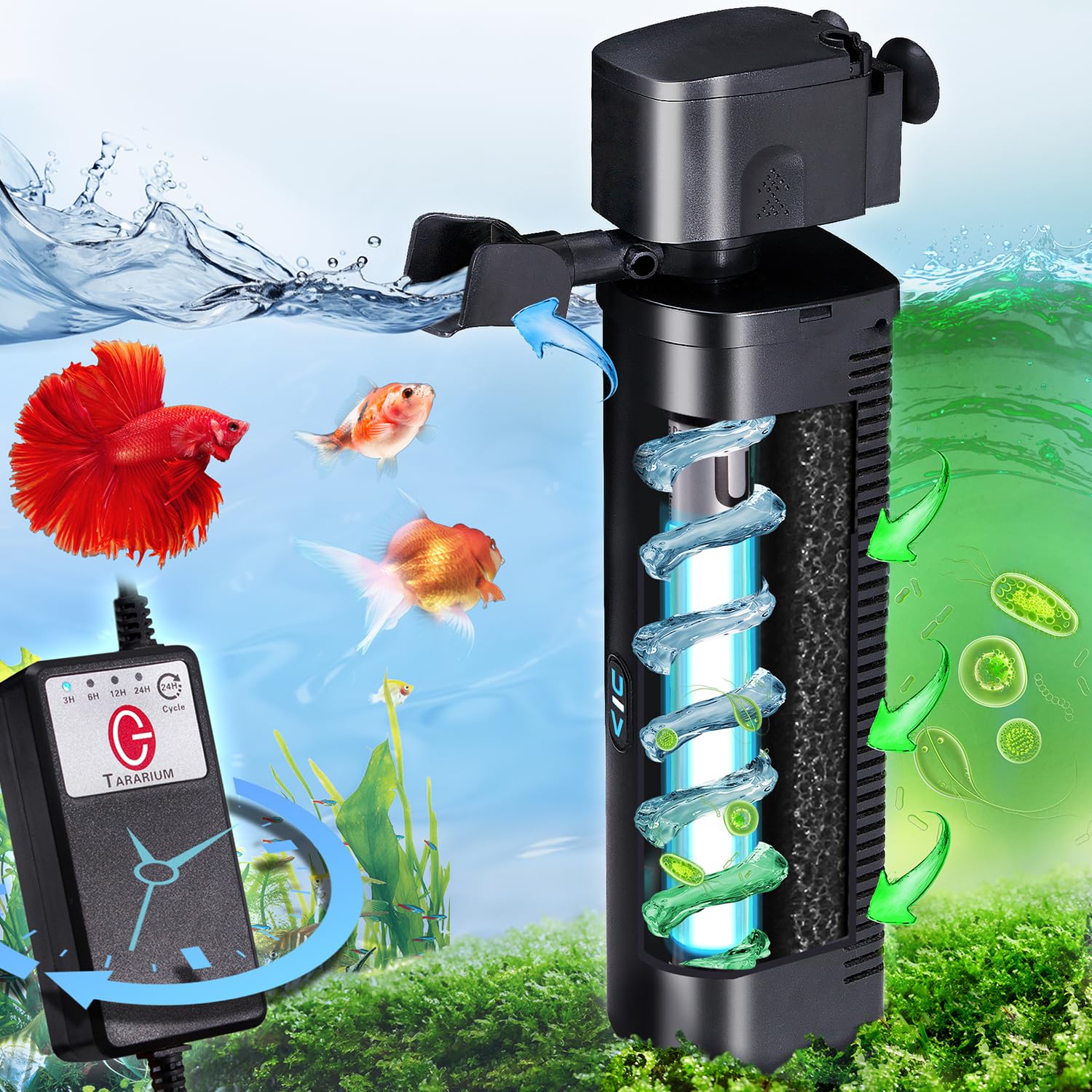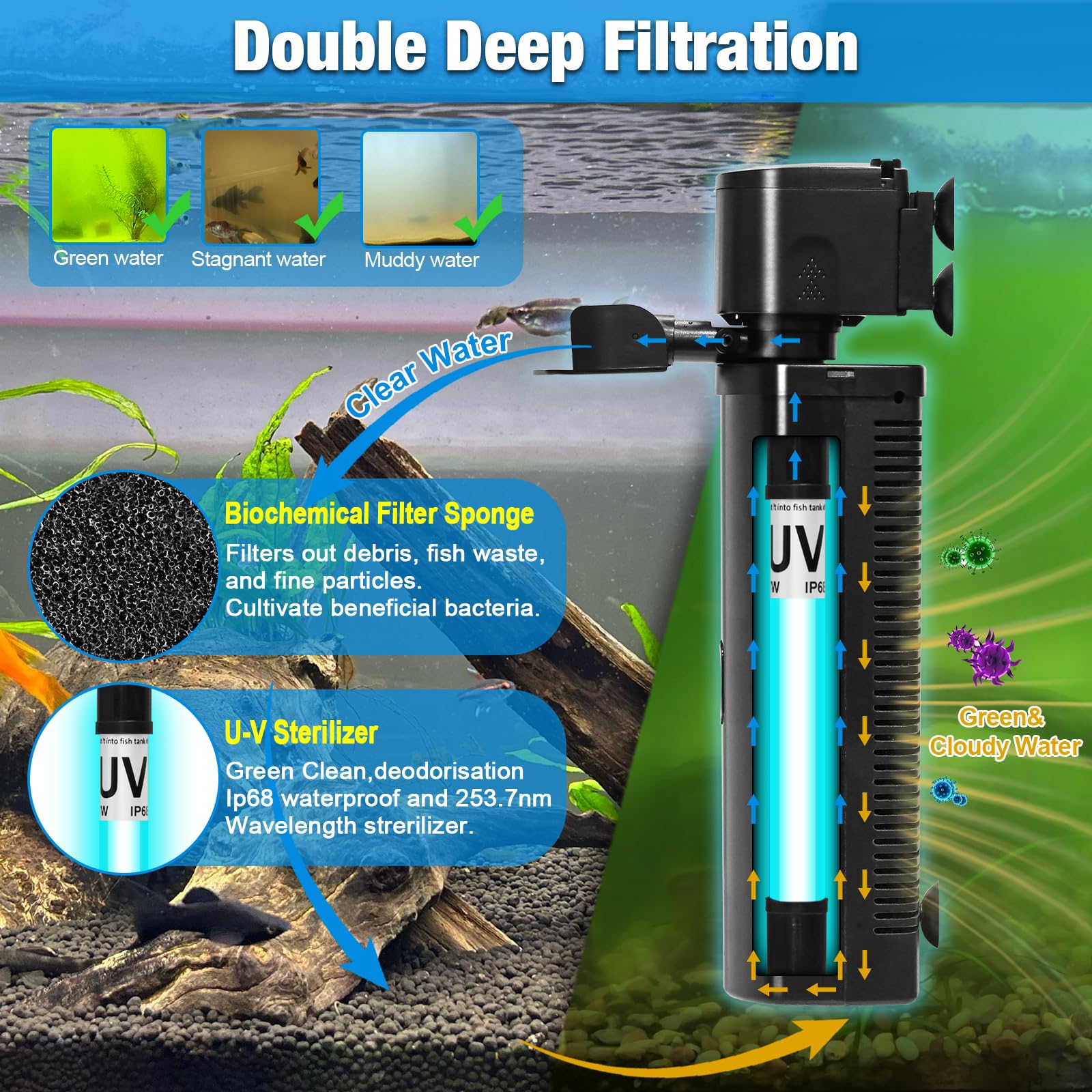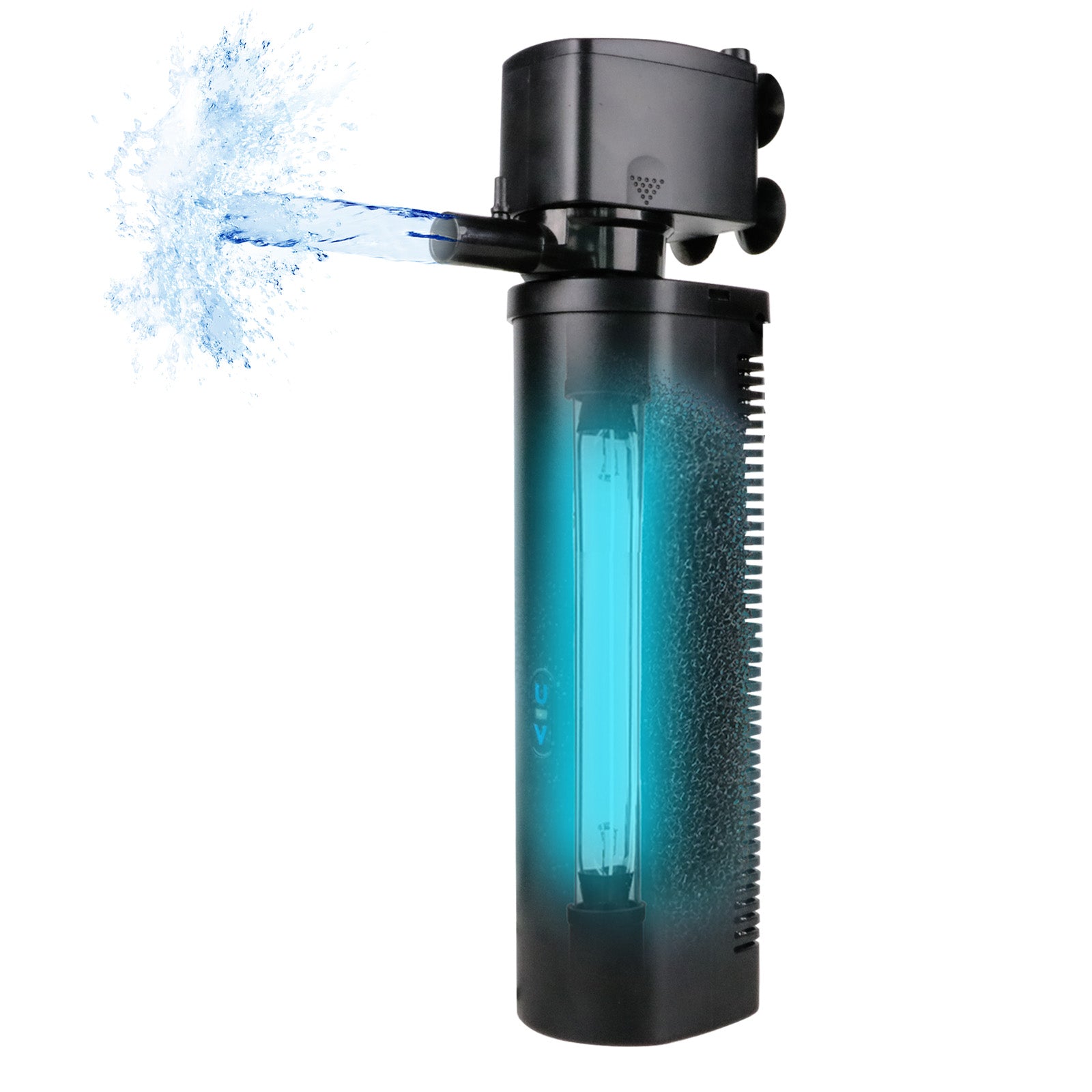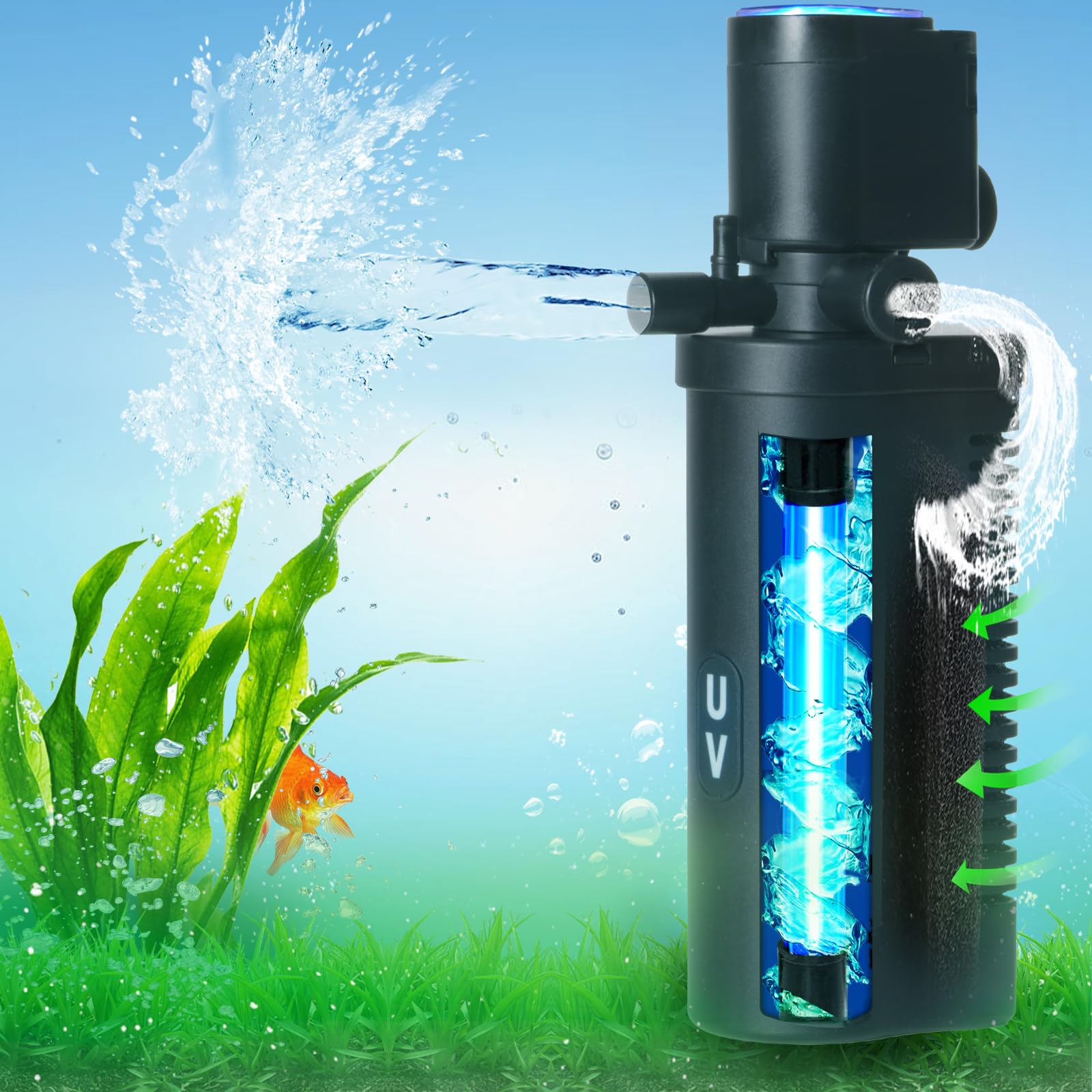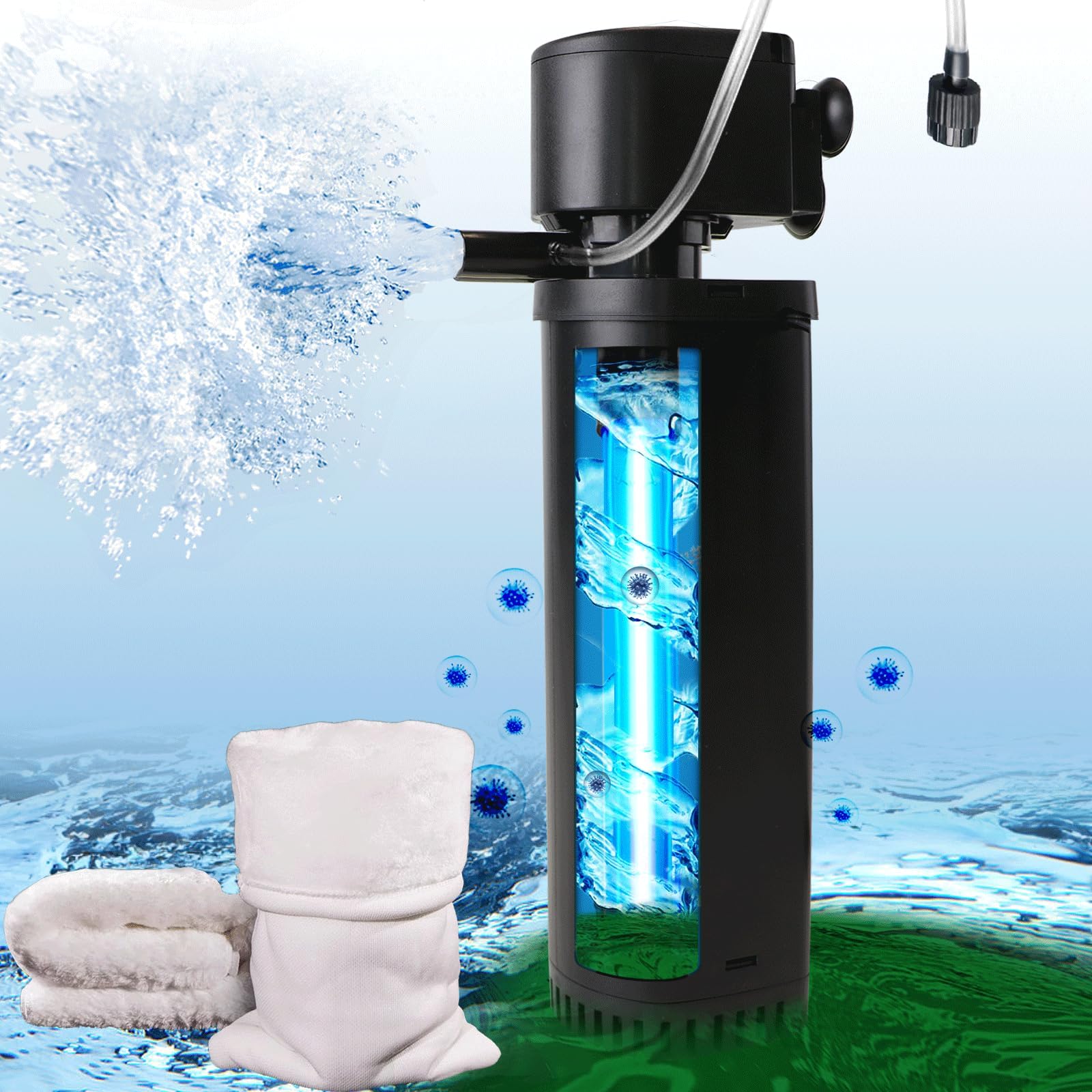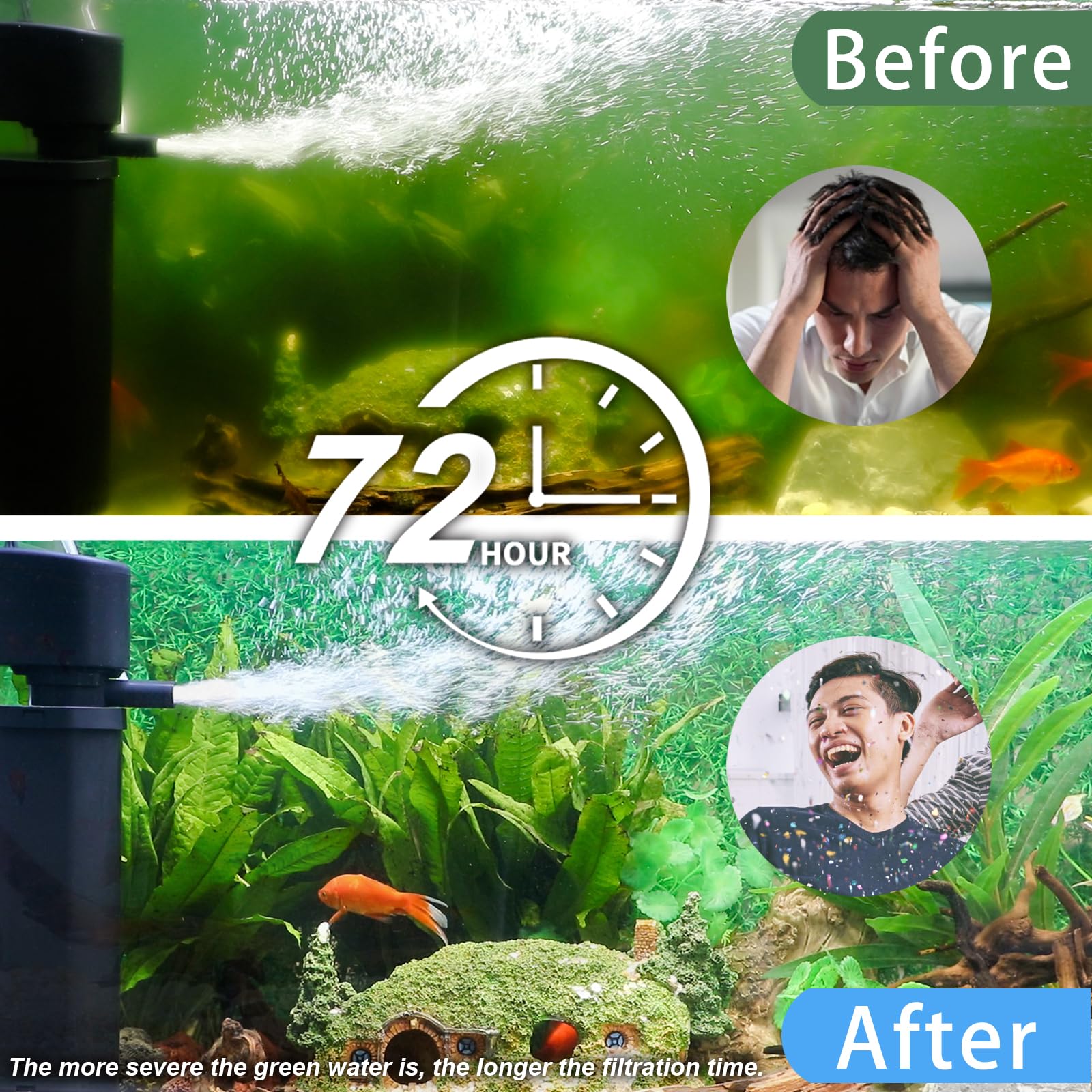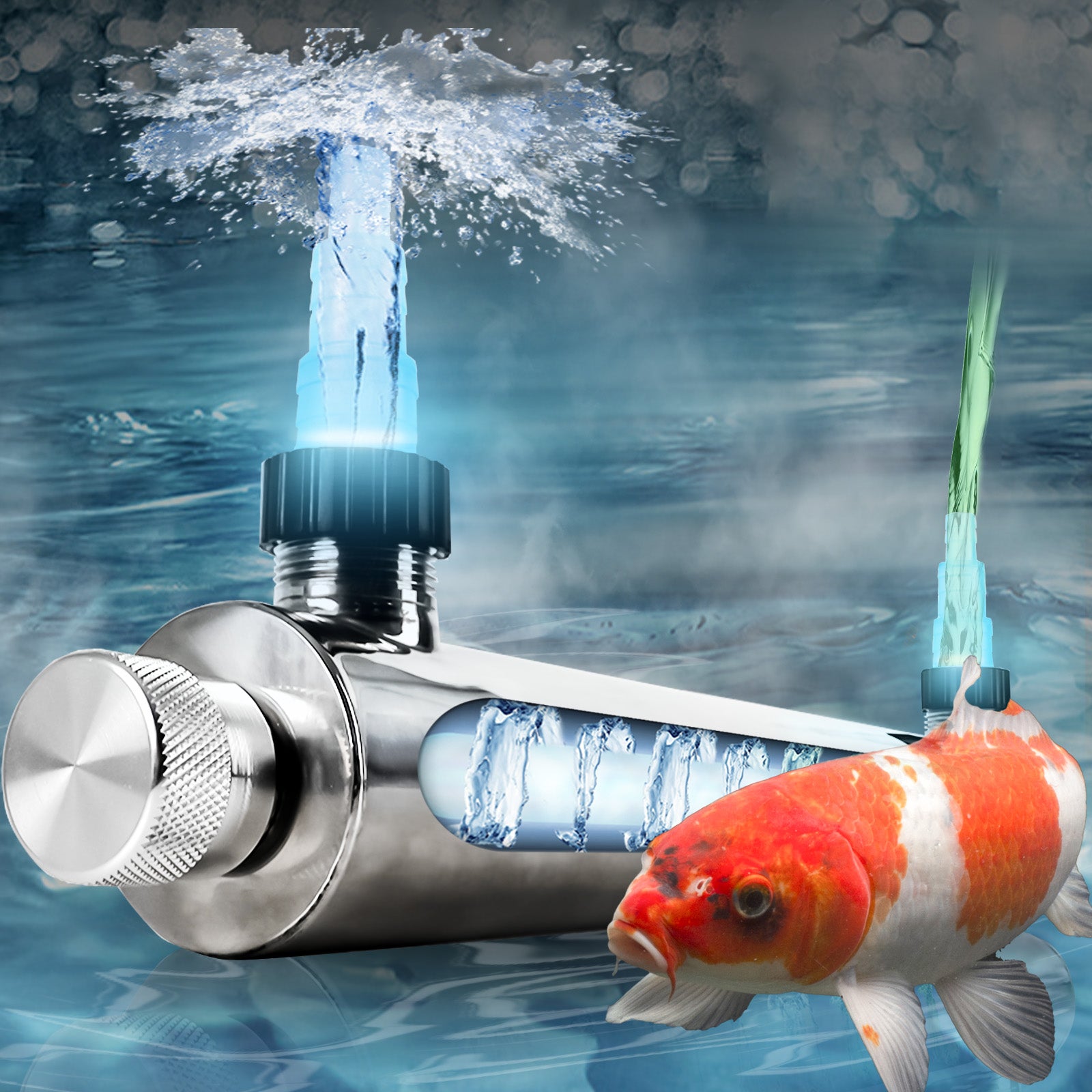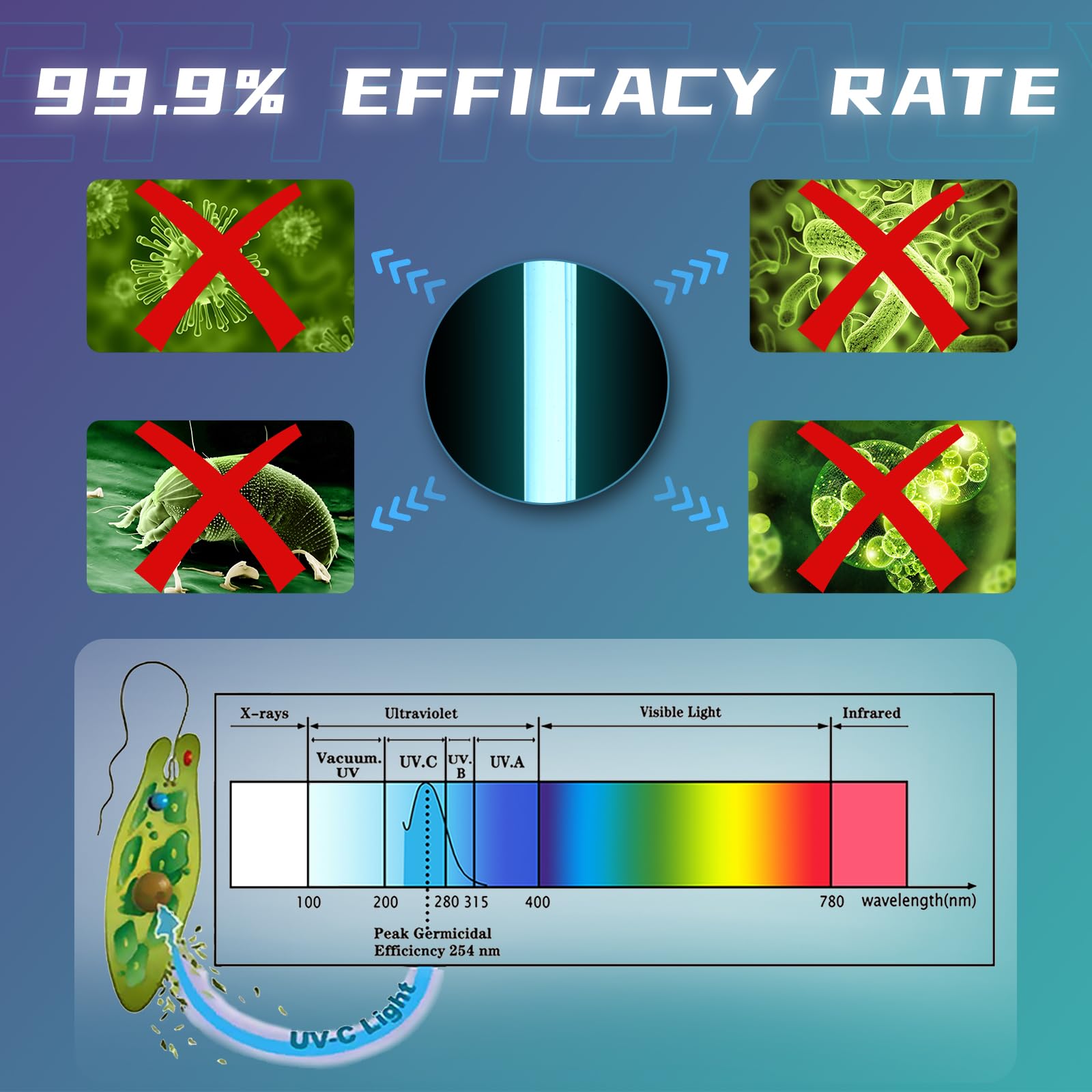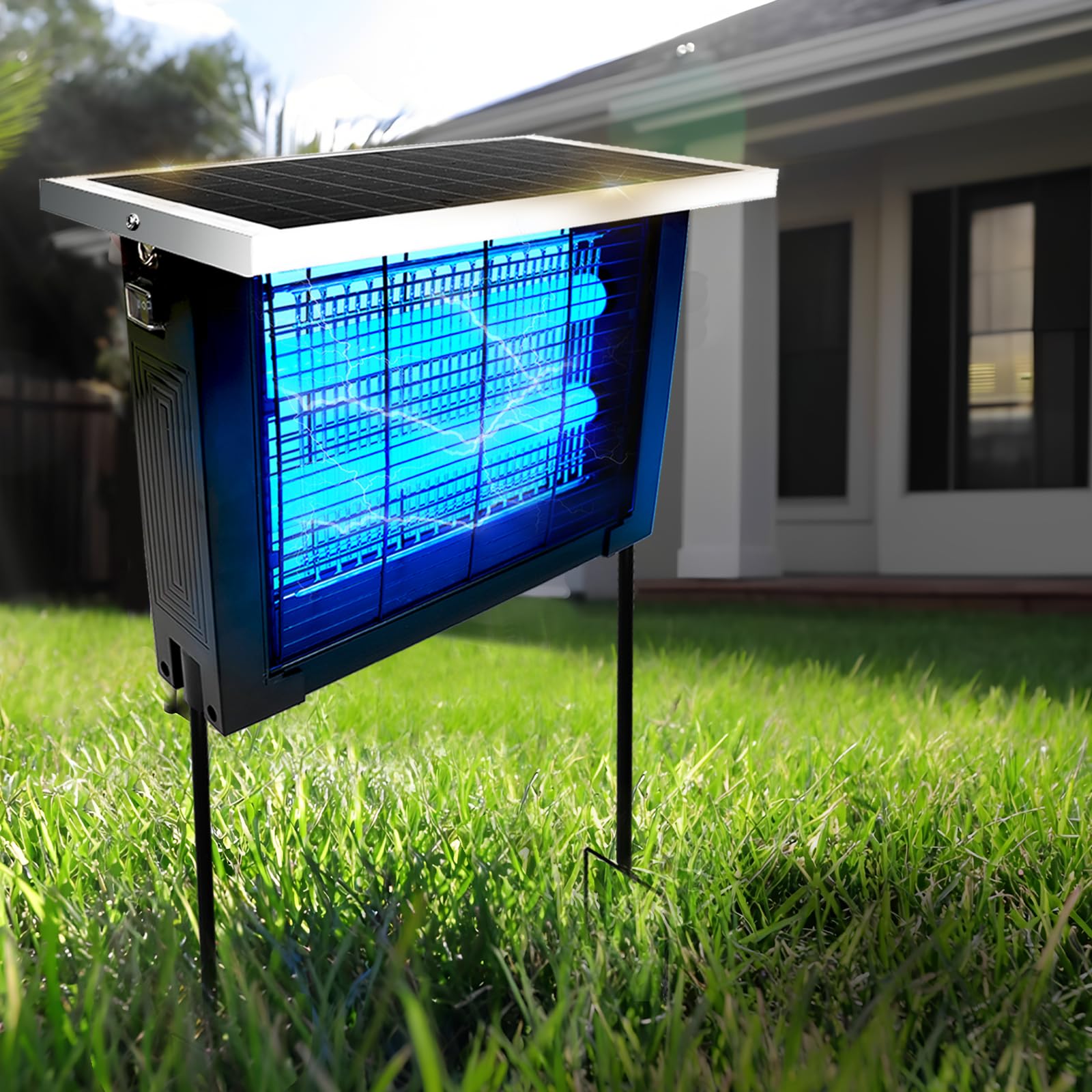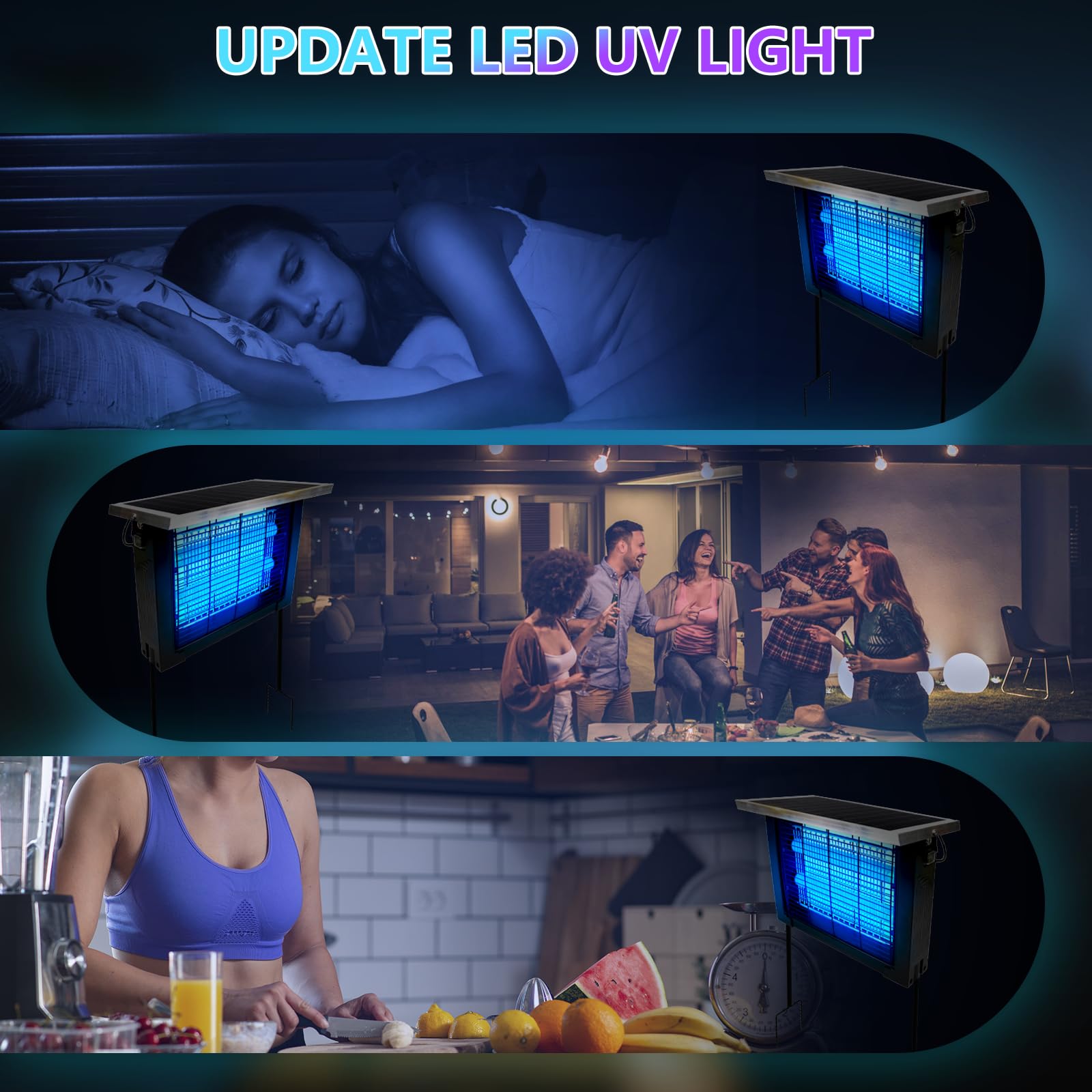Selecting between an aquarium and pond isn't just about aesthetics—it's a biological decision that impacts water chemistry stability, species compatibility, and maintenance intensity. Surprisingly, 68% of first-time aquatic hobbyists choose inappropriate systems based on appearance alone, leading to preventable fish losses and unnecessary expenses.
This definitive guide combines fluid dynamics, materials science, and aquatic biology to help you make informed decisions. We'll analyze:
🔍 The 12 critical selection factors most buyers overlook
💧 Glass vs. acrylic vs. concrete (durability showdown)
📊 Size-to-species ratio calculations for healthy stocking
⚡ Energy efficiency comparisons (hidden operating costs)
🌿 Ecosystem design principles for low-maintenance setups
Whether you're dreaming of a nano reef or koi paradise, this 6,000-word manual provides the engineering-grade insights usually reserved for professional aquascapers.
Section 1: The Fundamental Choice - Aquarium or Pond?
1.1 Decision Matrix: Which System Fits Your Goals?
| Factor | Best for Aquariums | Best for Ponds |
|---|---|---|
| Space | Apartments/small homes | Yards >100 sq ft |
| Budget | 5,000 initial | 50,000+ |
| Species | Tropical fish, corals | Koi, goldfish, turtles |
| Maintenance | Weekly 1-2 hours | Seasonal intensive work |
| Lifespan | 5-15 years | 20+ years |
| Viewing | 360° visibility | Primarily top-down |
Pro Tip: Hybrid "pondariums" (indoor pond-aquariums) solve space/weather constraints but require specialized filtration.
1.2 The Physics of Water Containment
Key Considerations:
- Water pressure: Every vertical foot adds 0.43 PSI (a 3' tank has 300% more stress than a 1' tank)
- Thermal mass: Ponds stabilize temperatures better (less daily fluctuation)
- Gas exchange: Surface area determines oxygen levels more than volume
| Material | Tensile Strength | UV Resistance | Scratch Resistance |
|---|---|---|---|
| Glass | High | Excellent | Poor |
| Acrylic | Medium | Good | Very Poor |
| Fiberglass | Very High | Excellent | Medium |
| Concrete | Extreme | Excellent | Excellent |
Section 2: Aquarium Selection Science
2.1 The Golden Ratio: Calculating Ideal Dimensions
For Community Tanks:
- Length = Primary swimming space (minimum 4x adult fish length)
- Width = Turning radius (≥50% of fish length)
- Height | Tropical fish: 16-20" | Reef tanks: 24"+ for light penetration
Example Calculation:
For angelfish (adult length=8"):
- Minimum tank = 32"L x 16"W x 18"H
- Ideal tank = 48"L x 24"W x 20"H
2.2 Glass vs. Acrylic: The 15-Point Comparison
Glass Pros:
✔ Superior clarity (92% light transmission vs. acrylic's 88%)
✔ Non-porous (won't harbor bacteria in scratches)
✔ Lower long-term cost (50-year lifespan)
Acrylic Pros:
✔ 17x more impact resistant
✔ Seamless curved designs possible
✔ 50% lighter weight
Breakthrough Alternative:
Low-iron starphire glass provides 99% clarity at 2x cost of regular glass.
Section 3: Pond Engineering Essentials
3.1 Depth Stratification Requirements
| Fish Type | Minimum Depth | Ideal Depth | Purpose |
|---|---|---|---|
| Goldfish | 18" | 24"-36" | Winter survival |
| Koi | 3' | 4'-6' | Predator avoidance |
| Mosquito Fish | 12" | 18" | Temperature stability |
Critical Note: Shallow ponds (<2') in sunny climates can overheat by 15°F daily.
3.2 Liner Materials: EPDM vs. PVC vs. HDPE
EPDM Rubber:
- Lifespan: 25+ years
- Safety: Fish-friendly when new
- Drawback: Heavy (1 lb/sq ft)
PVC:
- Cost: 40% cheaper than EPDM
- Weakness: Brittle in cold weather
HDPE (Rigid Plastic):
- Best for: Rocky substrates
- Installation: Requires professional welding
Section 4: Filtration Systems Decoded
4.1 The 3-Stage Filtration Hierarchy
-
Mechanical (Remove solids)
- Sponge filters (low flow)
- Drum filters (high-capacity)
-
Biological (Convert ammonia)
- Ceramic media (best surface area)
- Fluidized sand beds (space-efficient)
-
Chemical (Polish water)
- Activated carbon (removes meds/toxins)
- Phosphate removers (algae control)
Flow Rate Formula:
GPH = Tank Volume x Turnover Rate
(Example: 50g tank x 5 turnovers = 250 GPH pump)
4.2 Pond vs. Aquarium Filtration Differences
Aquarium Advantages:
- Canister filters offer all-in-one solutions
- Protein skimmers available for marine systems
**Pond Necessities:
- Settlement chambers (handle leaf debris)
- UV clarifiers (control green water)
Section 5: Energy & Maintenance Realities
5.1 The Hidden Costs Breakdown
10-Year Cost Projection (75g System):
| Component | Aquarium | Pond |
|---|---|---|
| Electricity | $1,200 | $3,500 |
| Water Changes | $450 | $1,800 |
| Filter Media | $600 | $2,000 |
| Total | $2,250 | $7,300 |
Energy-Saving Tips:
- Use DC pumps (40% more efficient)
- Insulate pond walls with foam board
- Install timers for LED lights
5.2 The Maintenance Timeline
Daily:
- Check equipment function (30 sec)
- Visual fish health scan (1 min)
Weekly:
- 10-20% water change (aquariums)
- Skim surface debris (ponds)
Seasonal:
- Deep clean filters (spring/fall)
- Test water parameters quarterly
Section 6: Advanced Customization Options
6.1 Smart System Integration
- Automated Water Testing: Devices like Seneye monitor ammonia/pH 24/7
- AI Feeding Systems: Eheim's feeder adjusts portions based on activity sensors
- Remote Monitoring: WiFi-enabled cameras track fish behavior
6.2 Biotope Design Principles
Amazon River Example:
- Substrate: Fine sand + leaf litter
- Hardscape: Driftwood branches
- Plants: Amazon sword, floating frogbit
- Flow: Moderate current from wavemaker
Japanese Koi Pond Example:
- Depth zones: 1' shelves to 5' channels
- Filtration: Bottom drains → vortex → bakki shower
- Aesthetics: Natural stone coping
Conclusion: Your Step-by-Step Selection Process
Phase 1: Define Purpose
- List desired species (consult adult sizes)
- Determine viewing priorities (side vs top viewing)
Phase 2: Calculate Requirements
3. Use size formulas (section 2.1/3.1)
4. Select location (consider structural weight limits)
Phase 3: System Design
5. Choose material based on durability needs
6. Plan filtration using turnover rates
Phase 4: Implementation
7. Cycle system before adding livestock
8. Gradually introduce fish over 4-6 weeks
Remember: The most expensive system is the one you replace within 2 years due to poor planning. Invest time upfront in proper selection to enjoy decades of aquatic success.
Which aquarium or pond type are you considering? Ask specific questions below!
